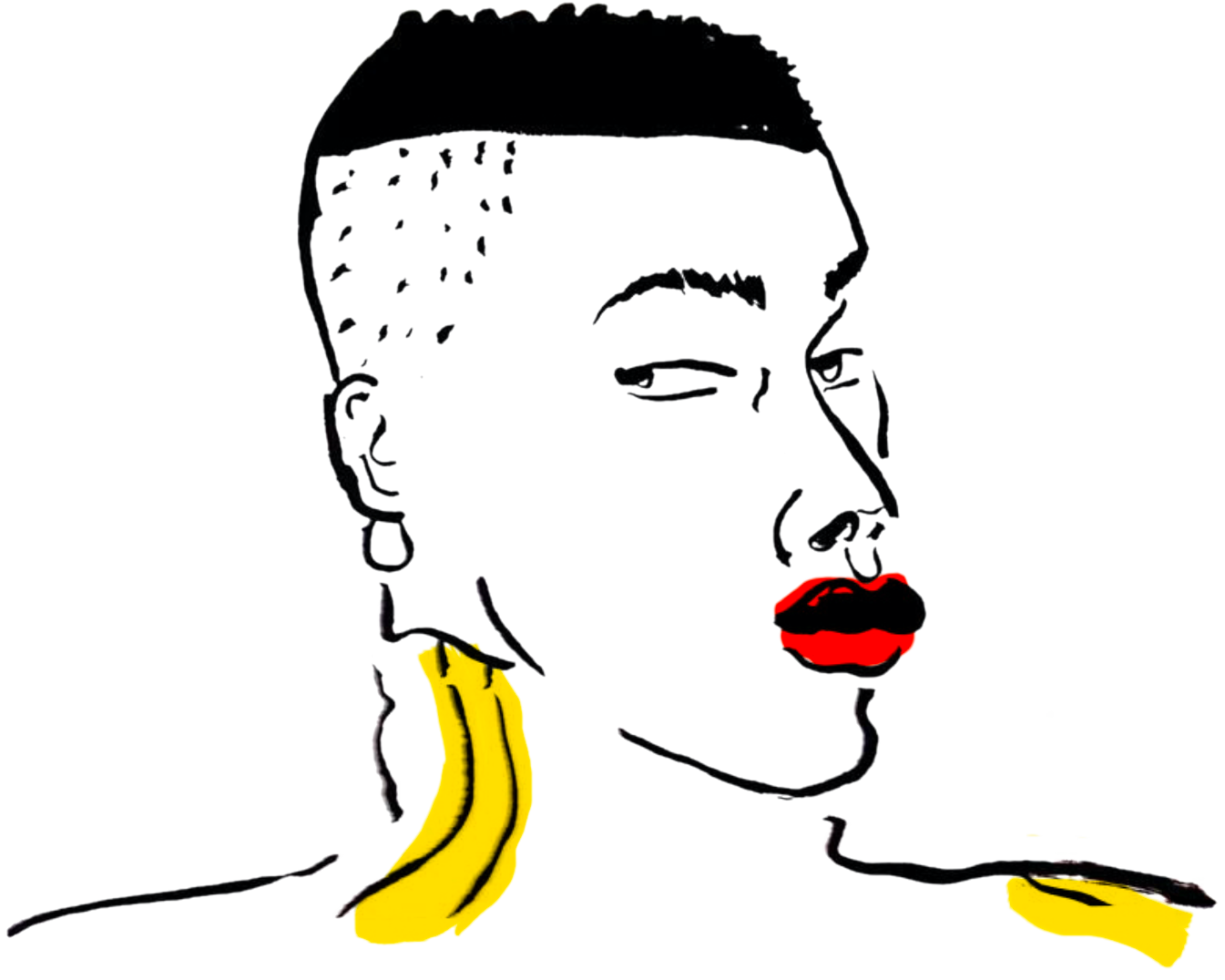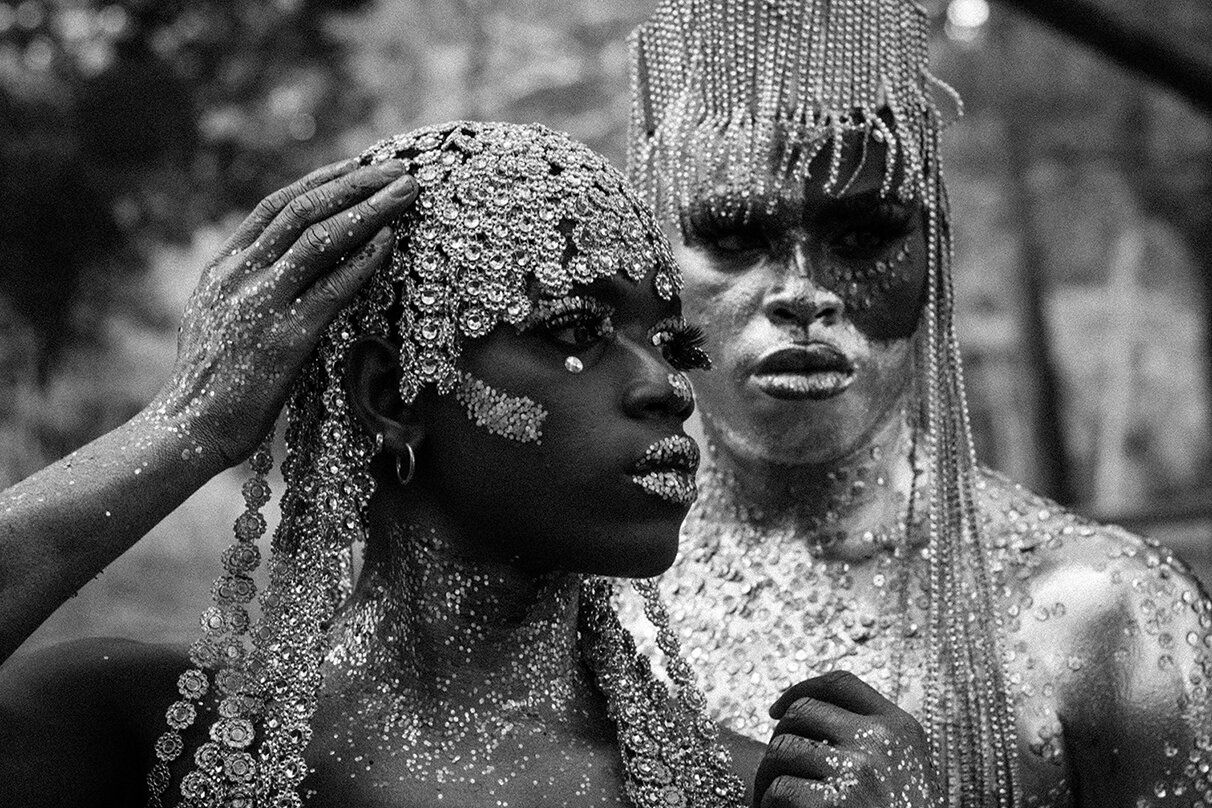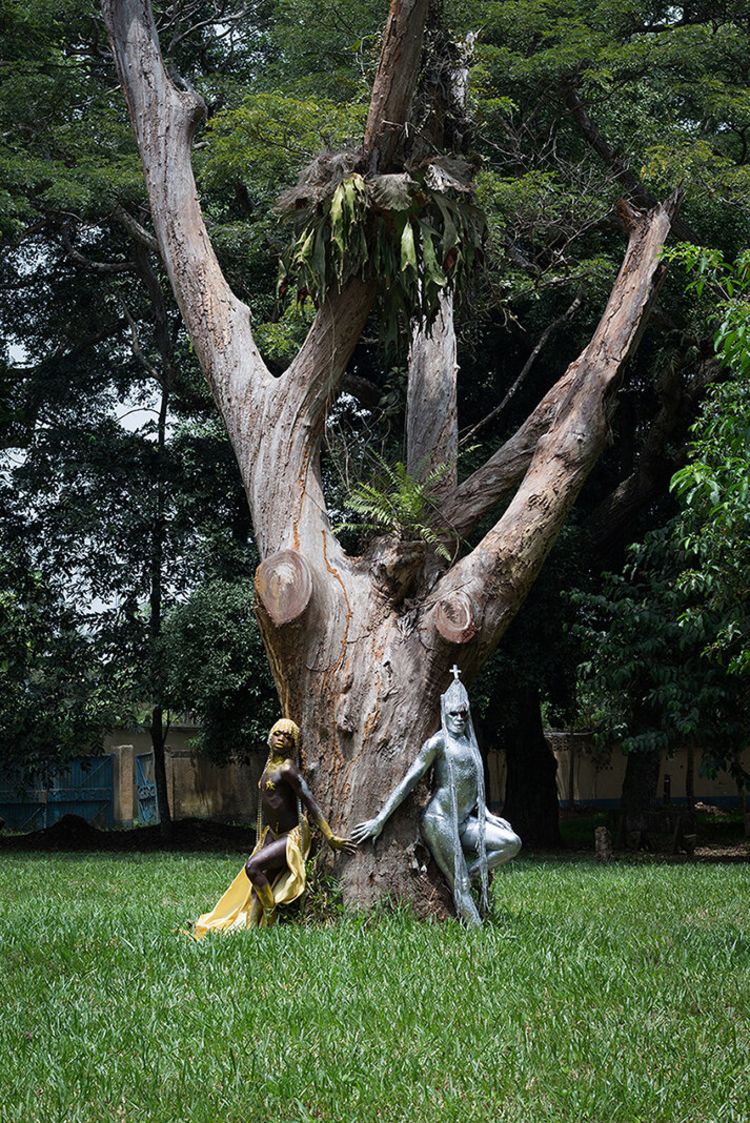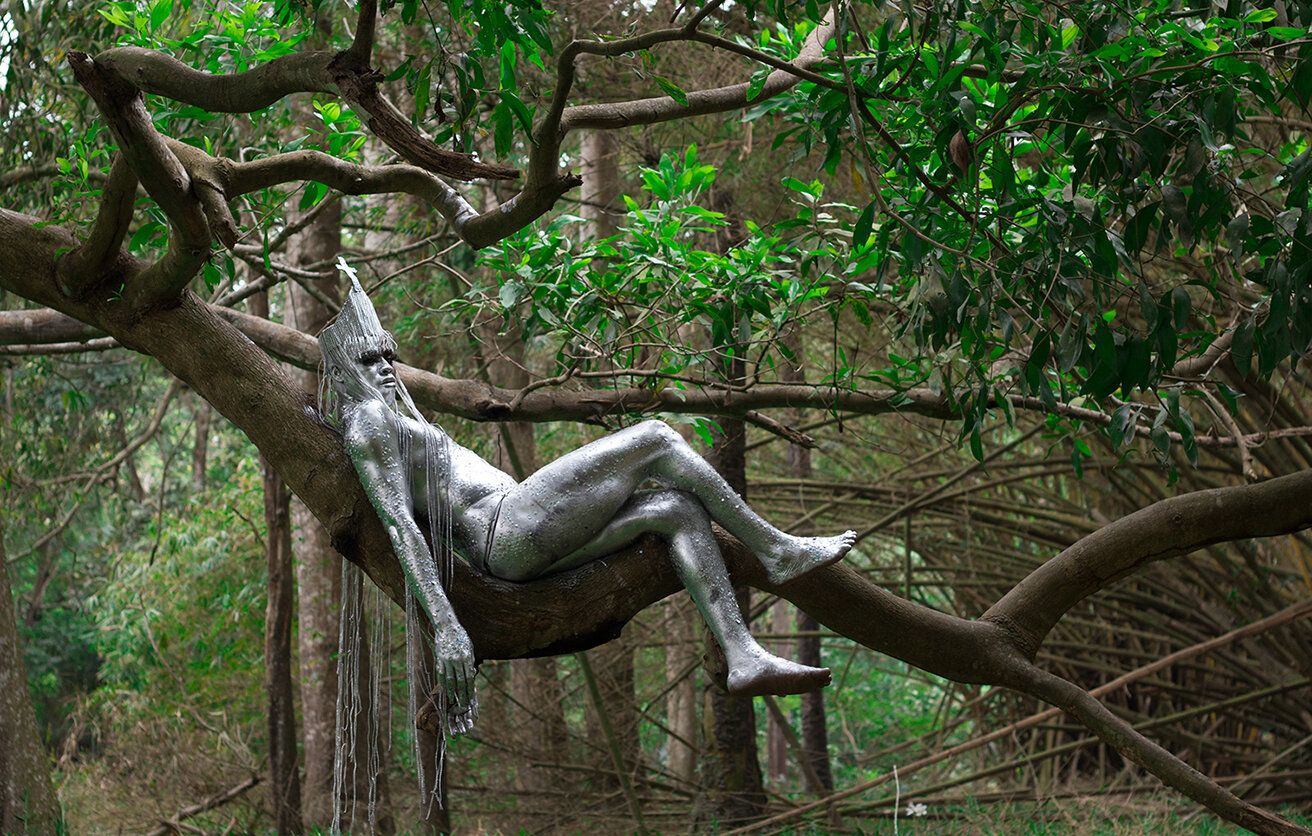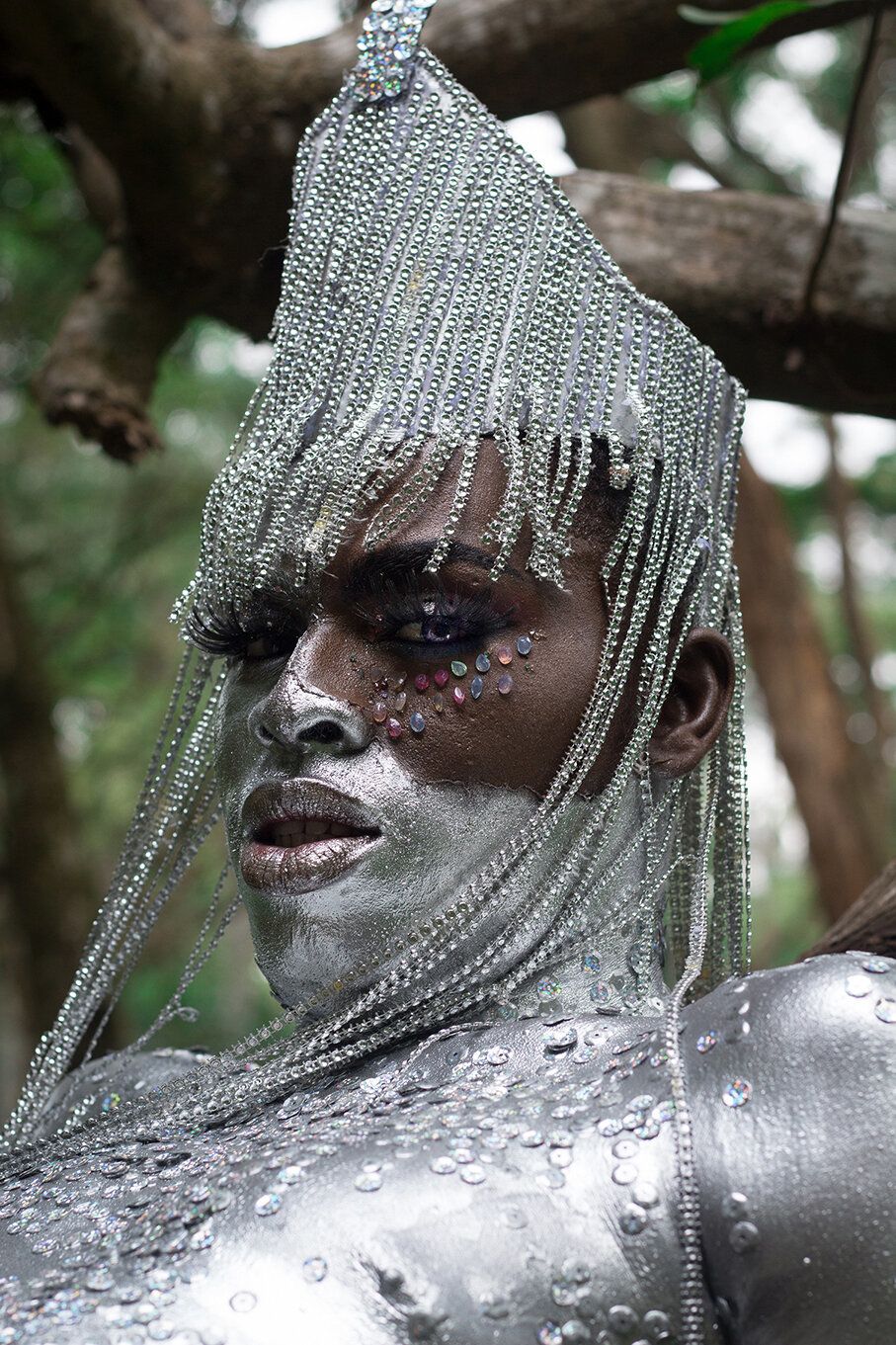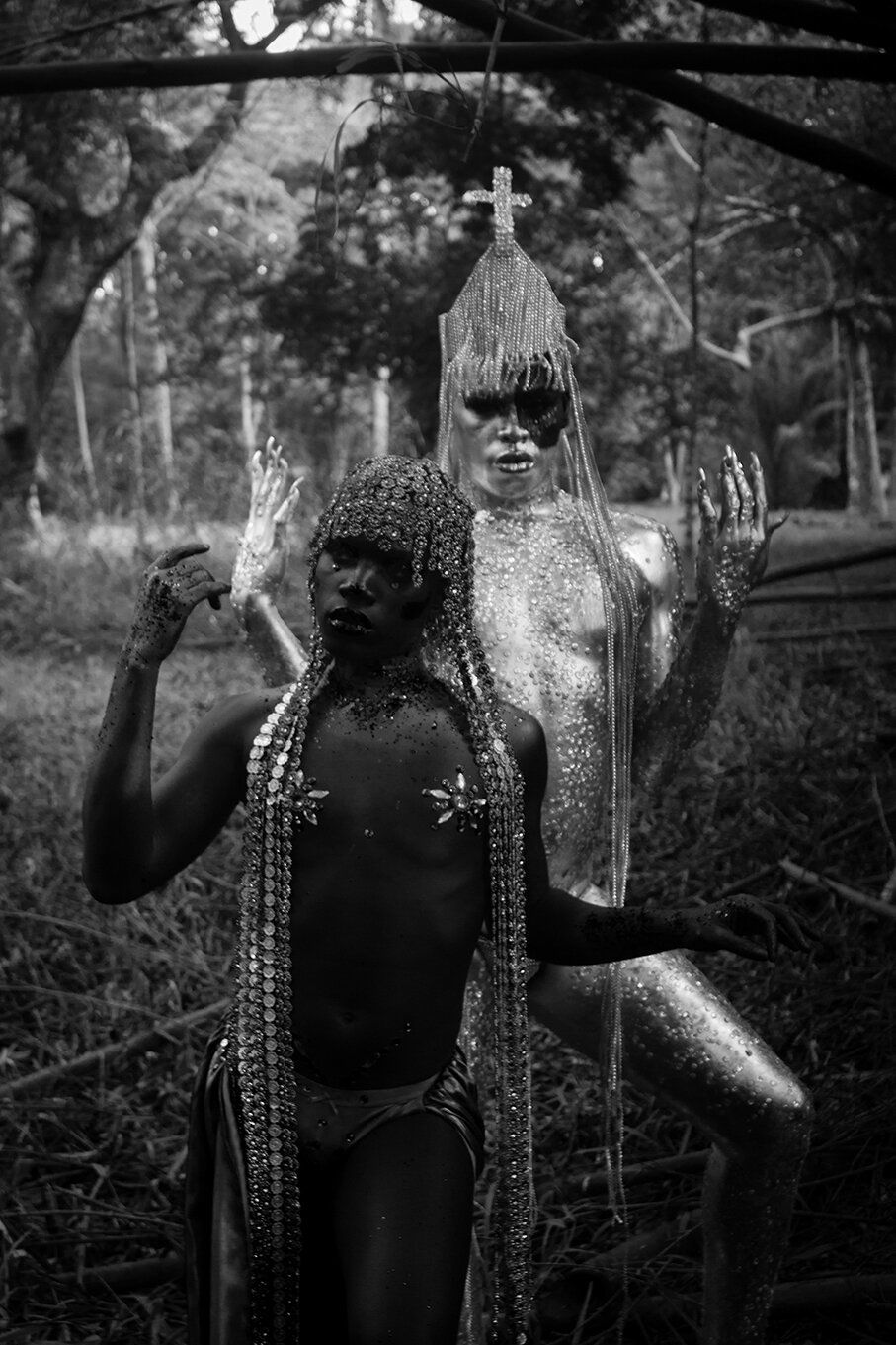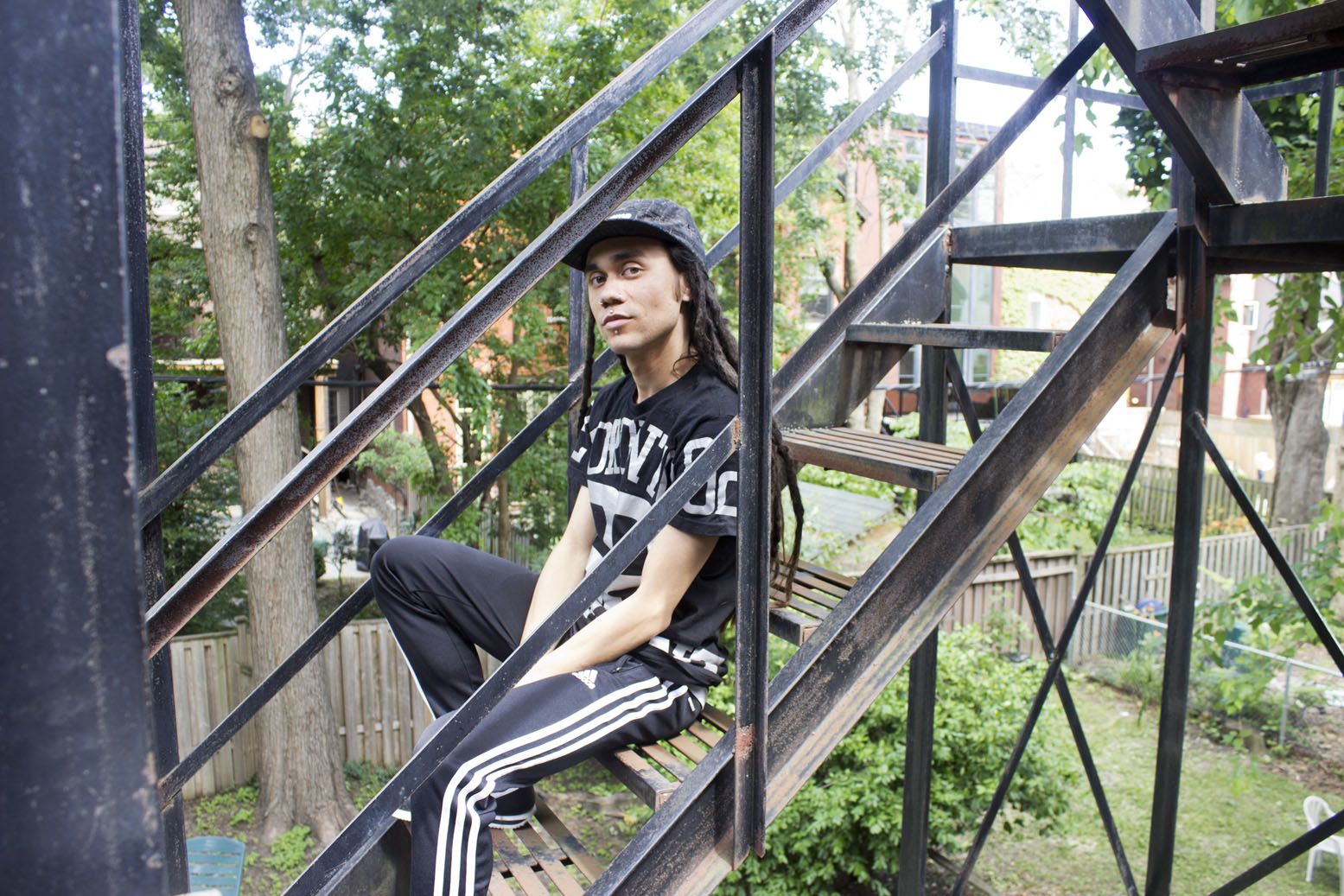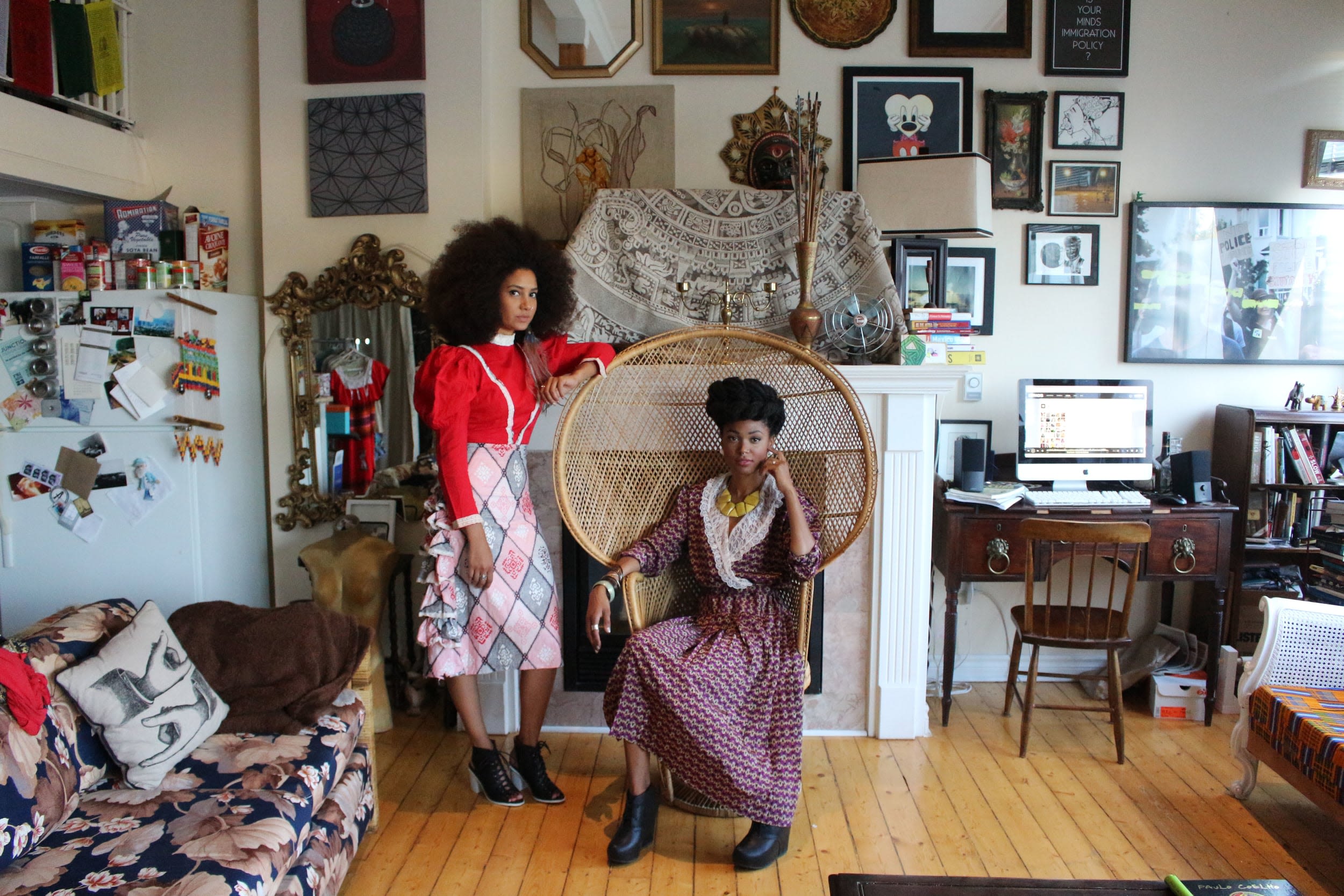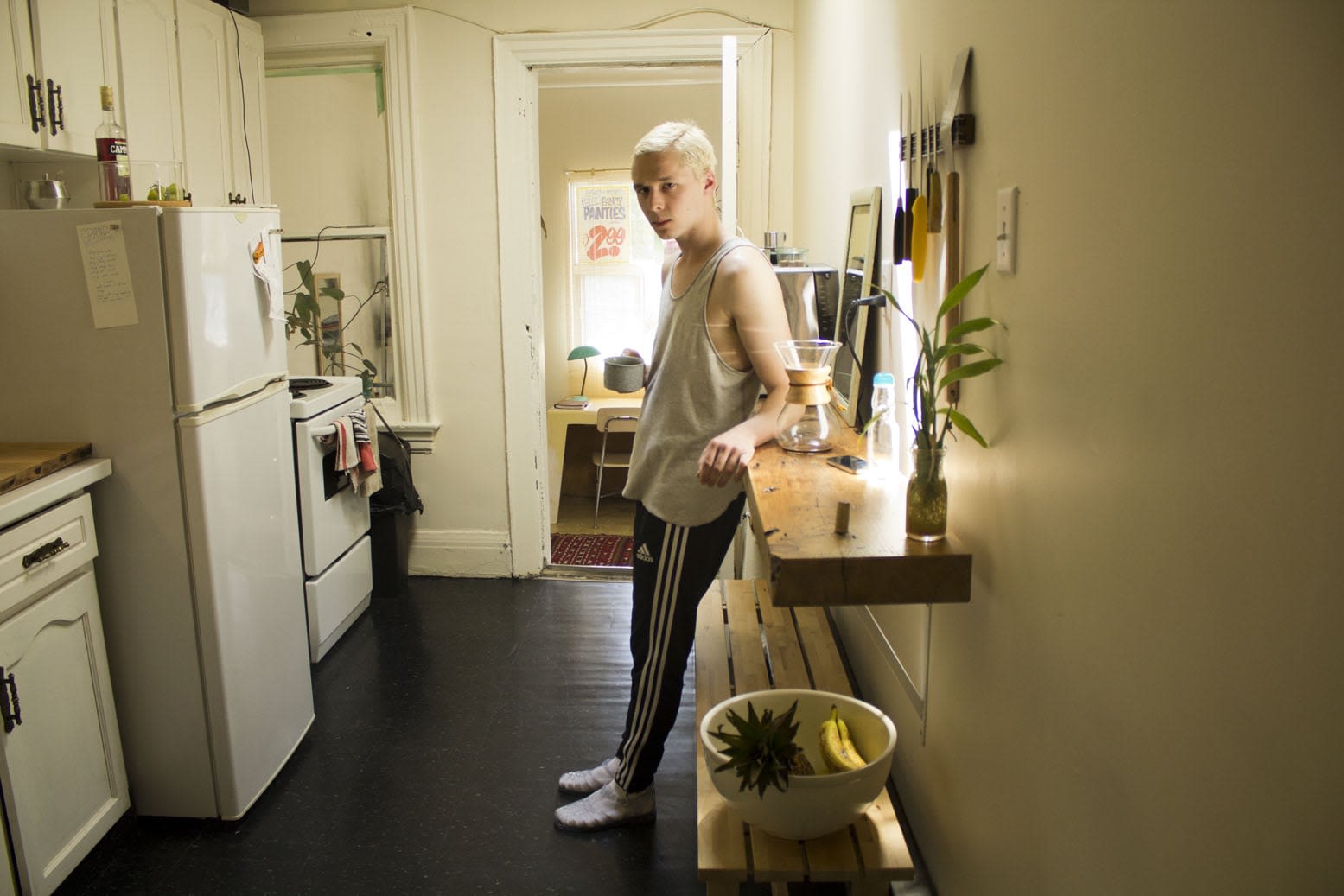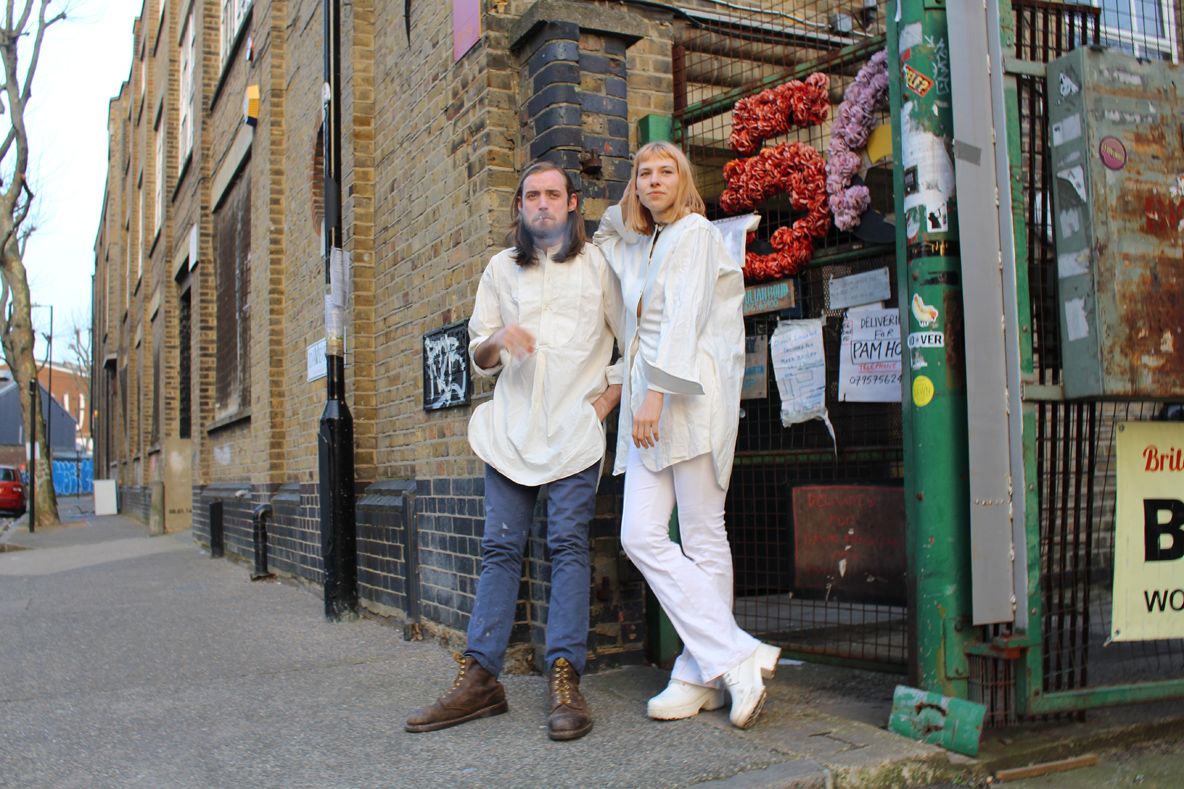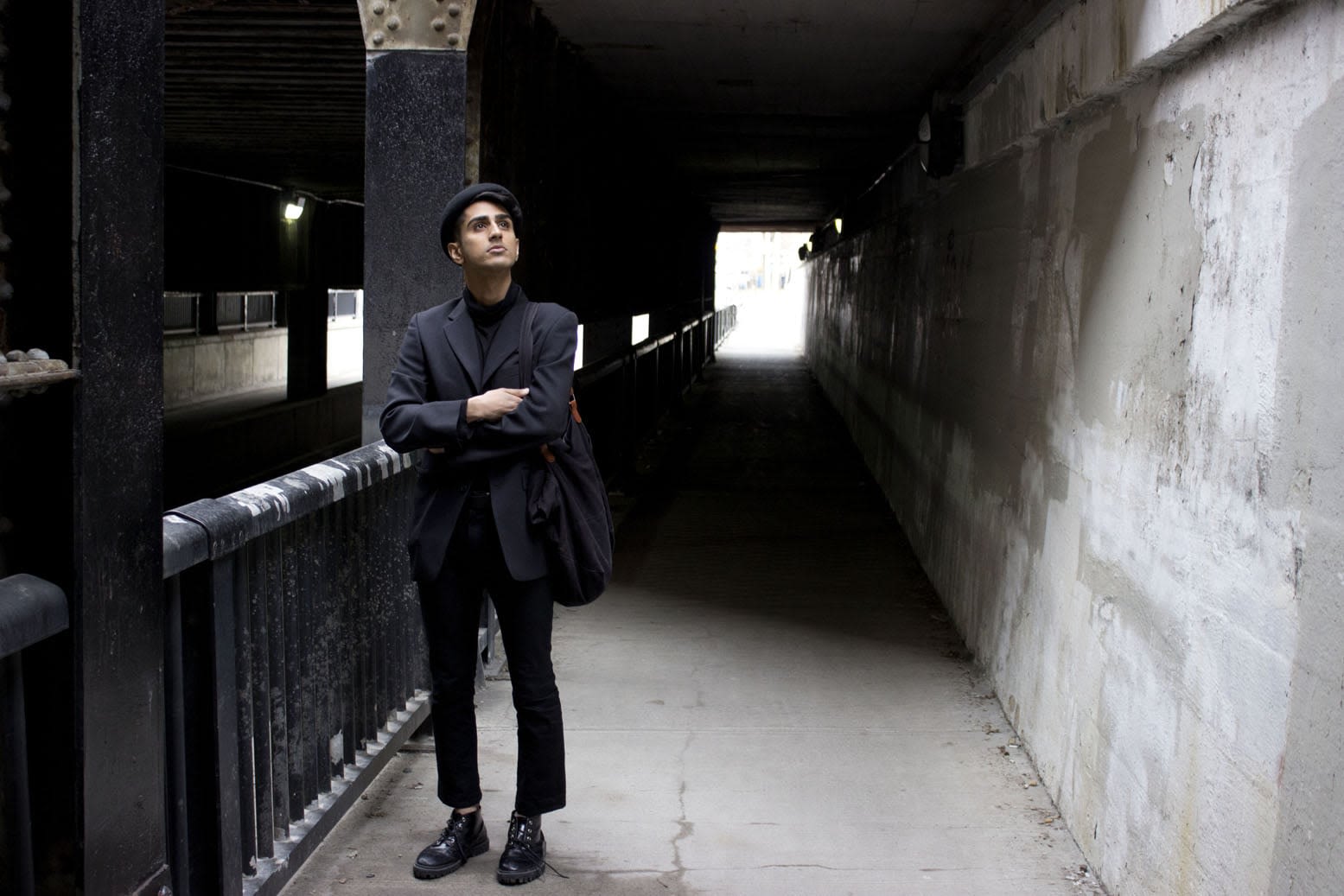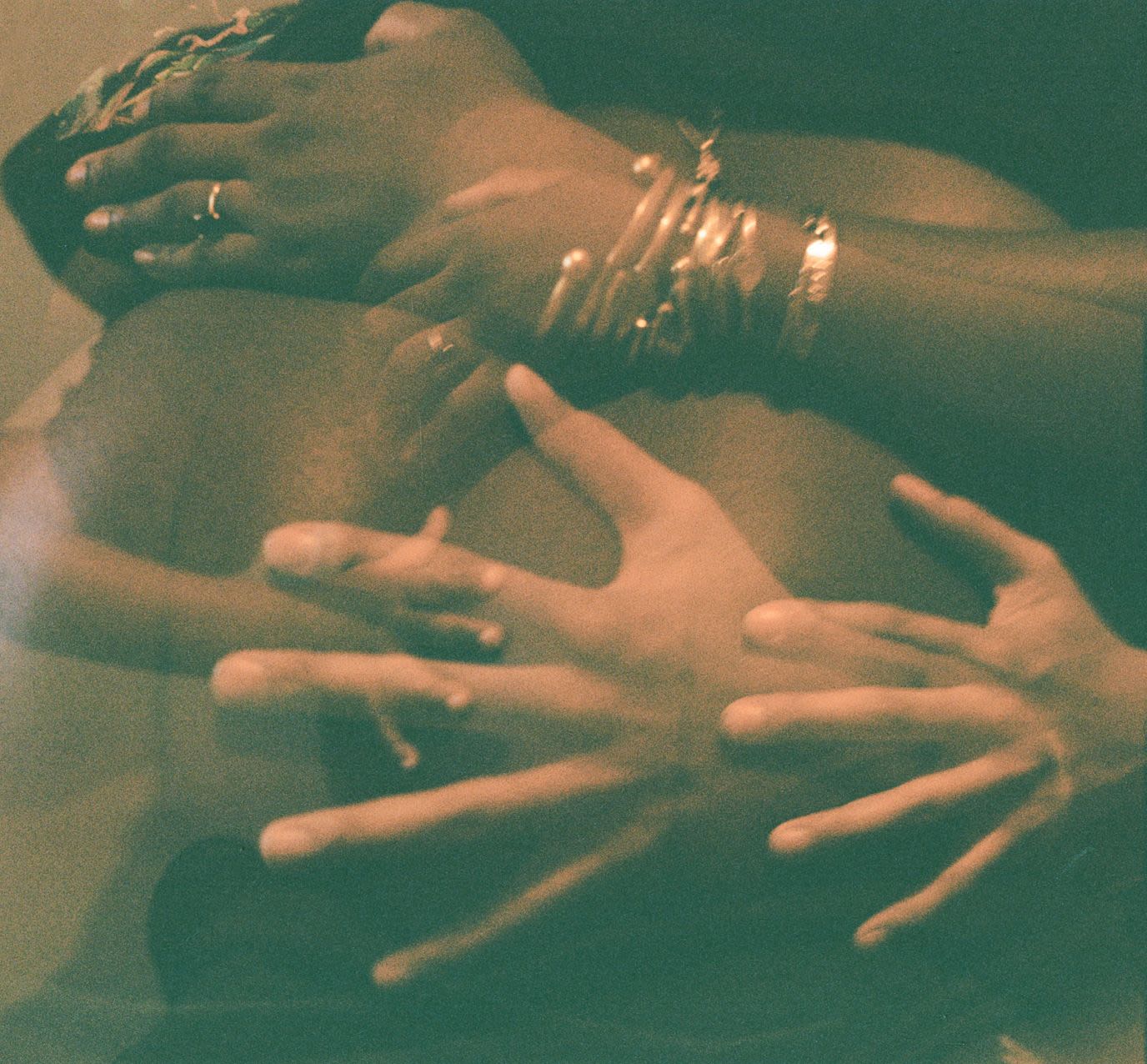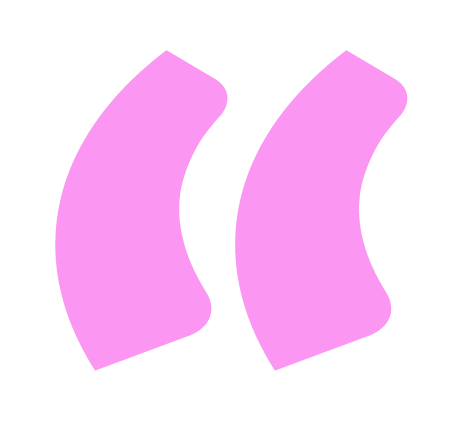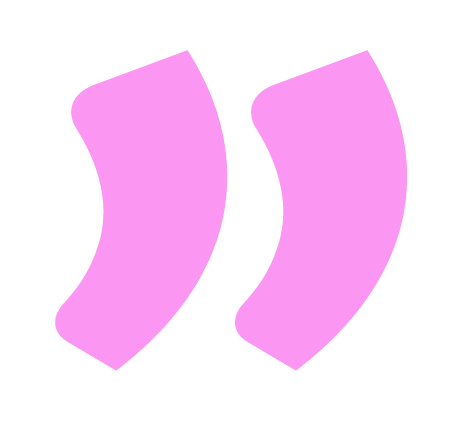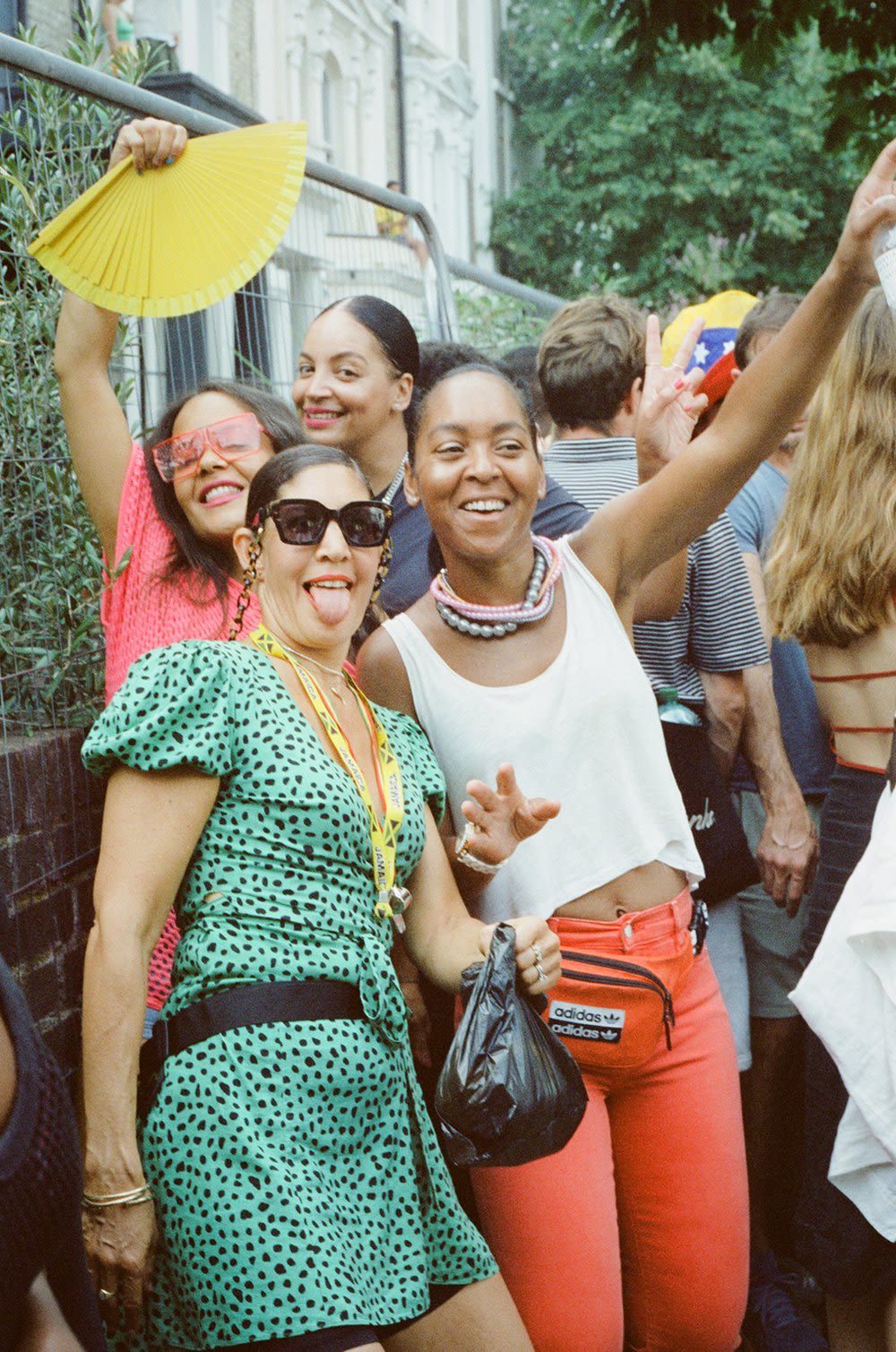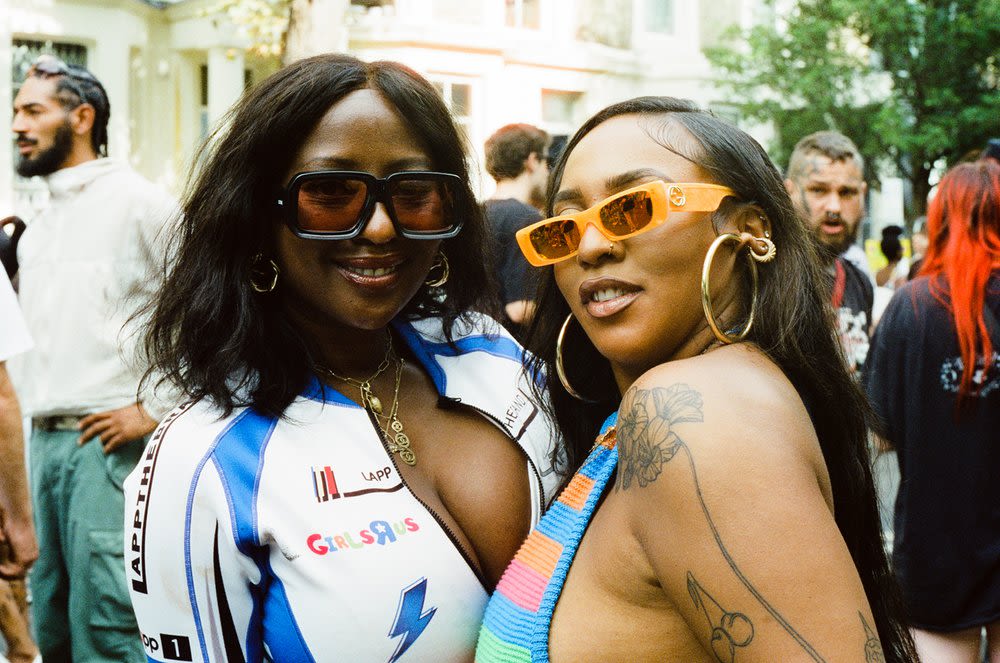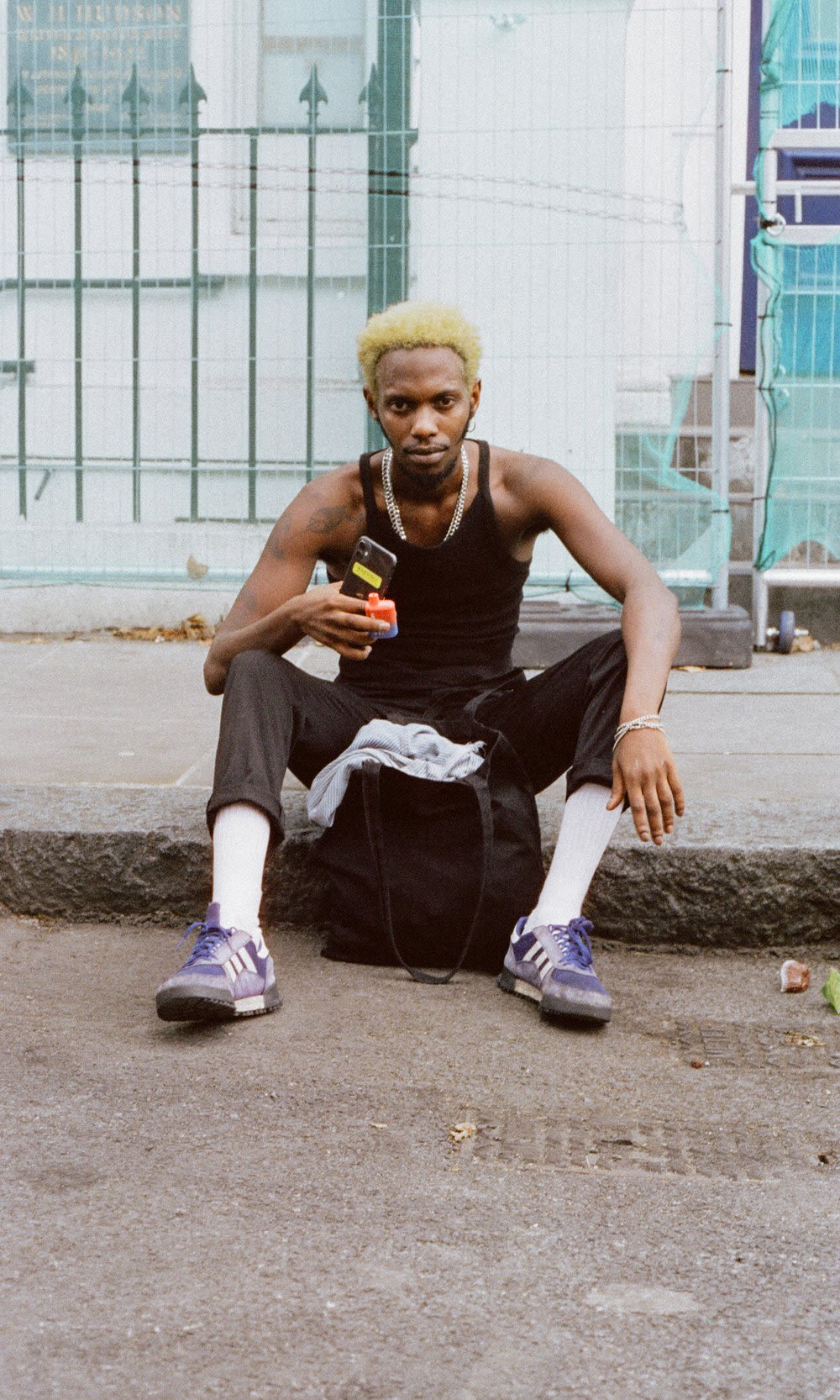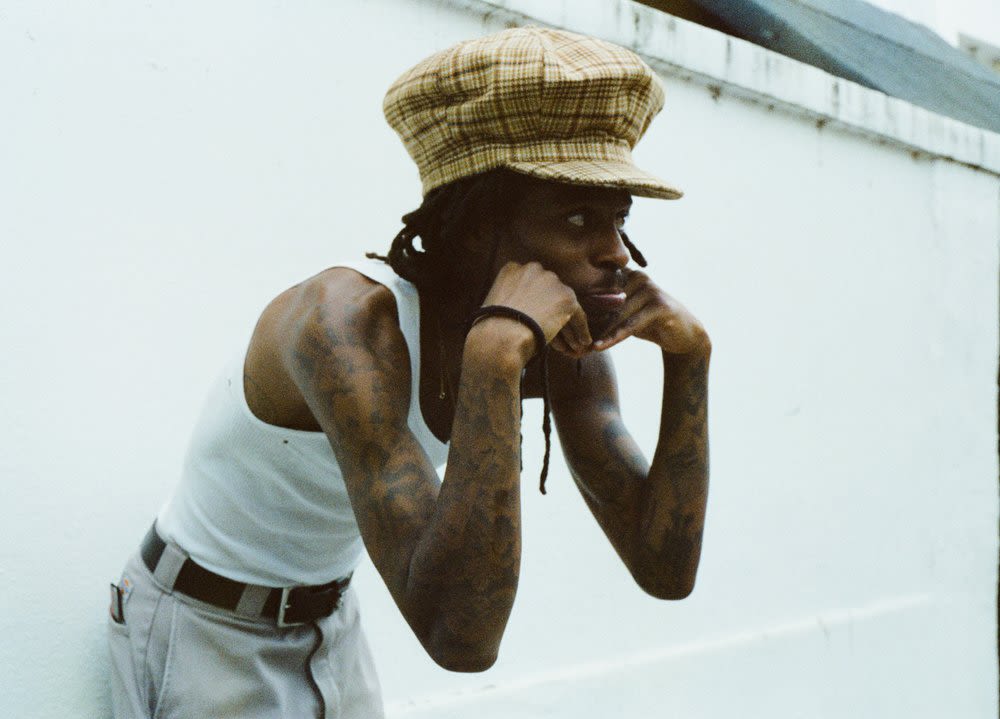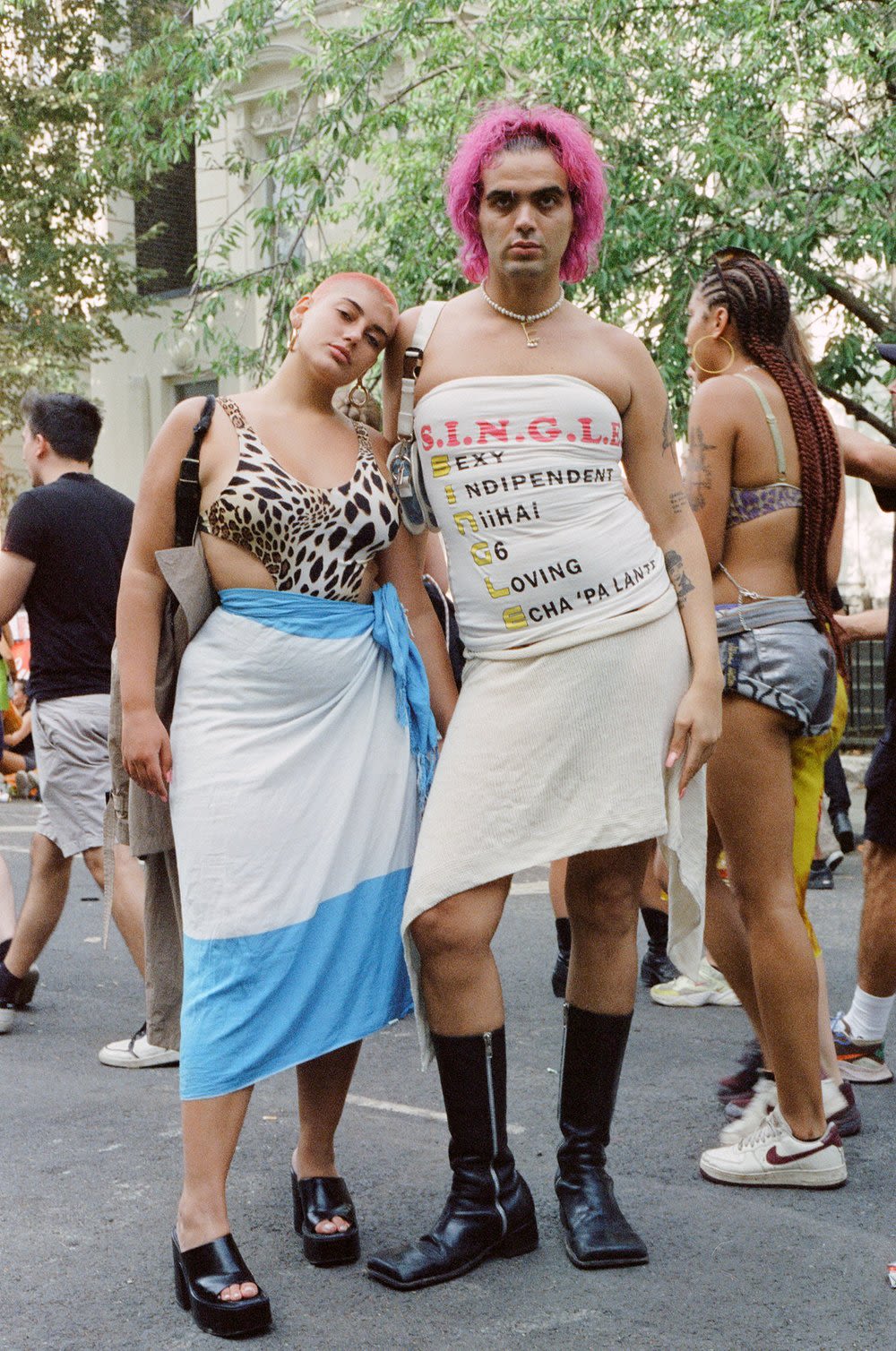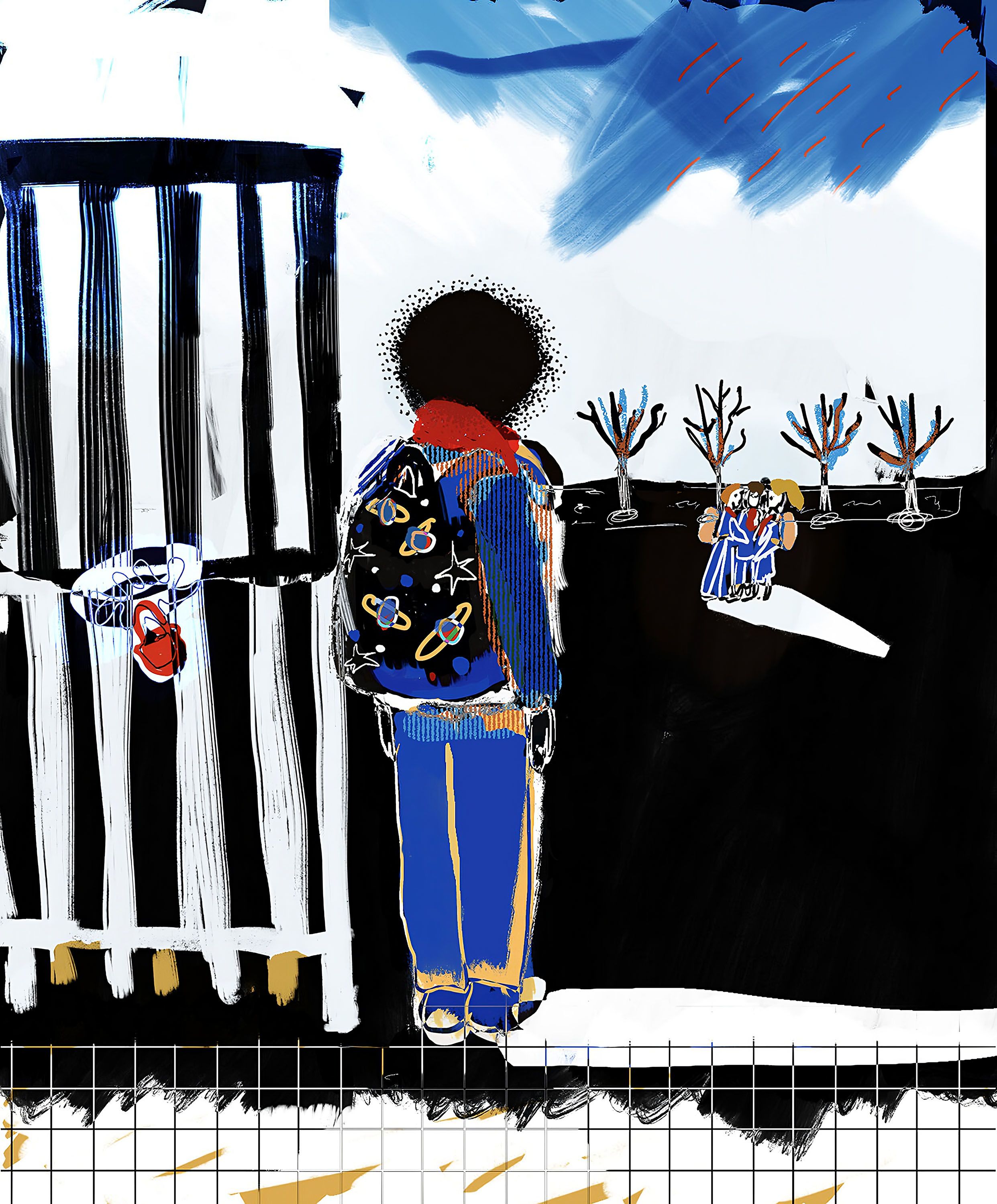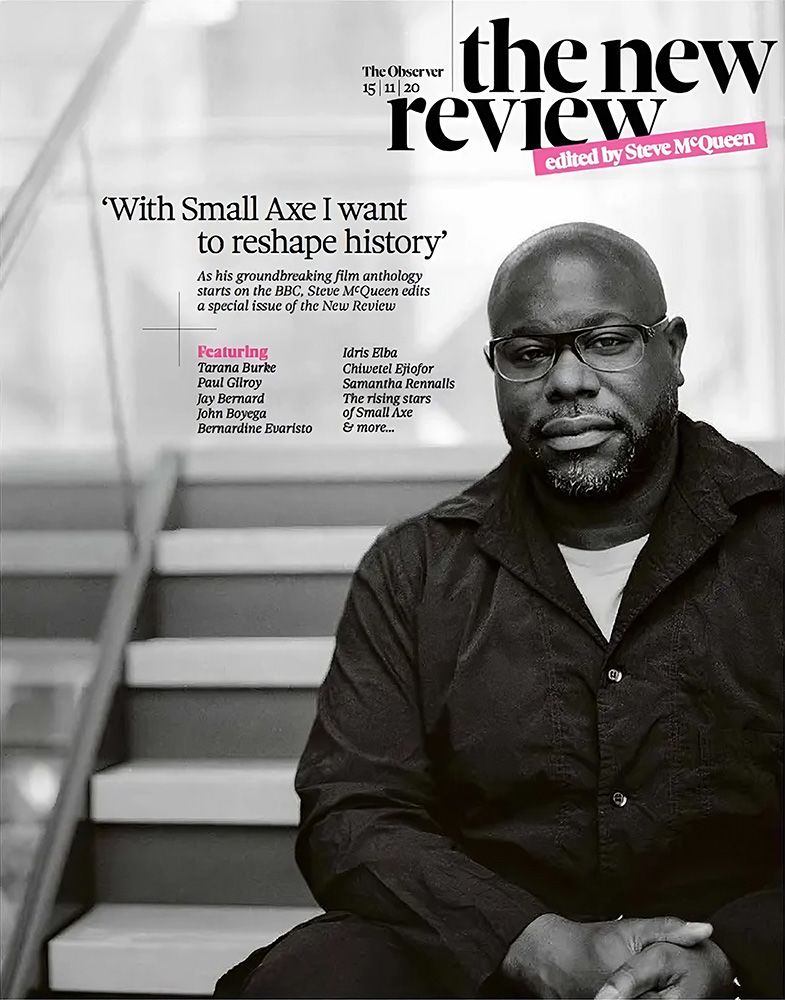How to escape your own brand
An interview with artist Ngadi Smart
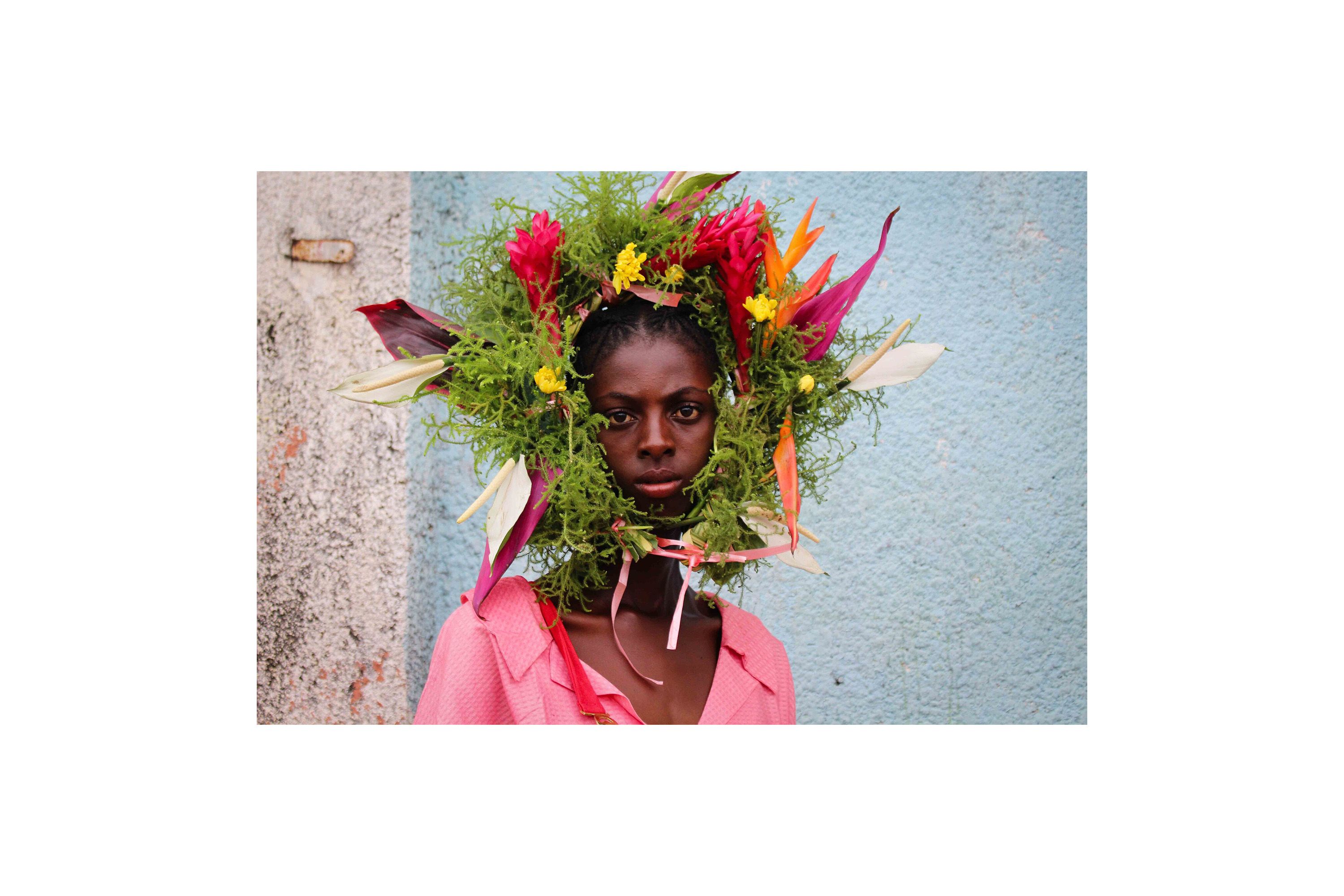
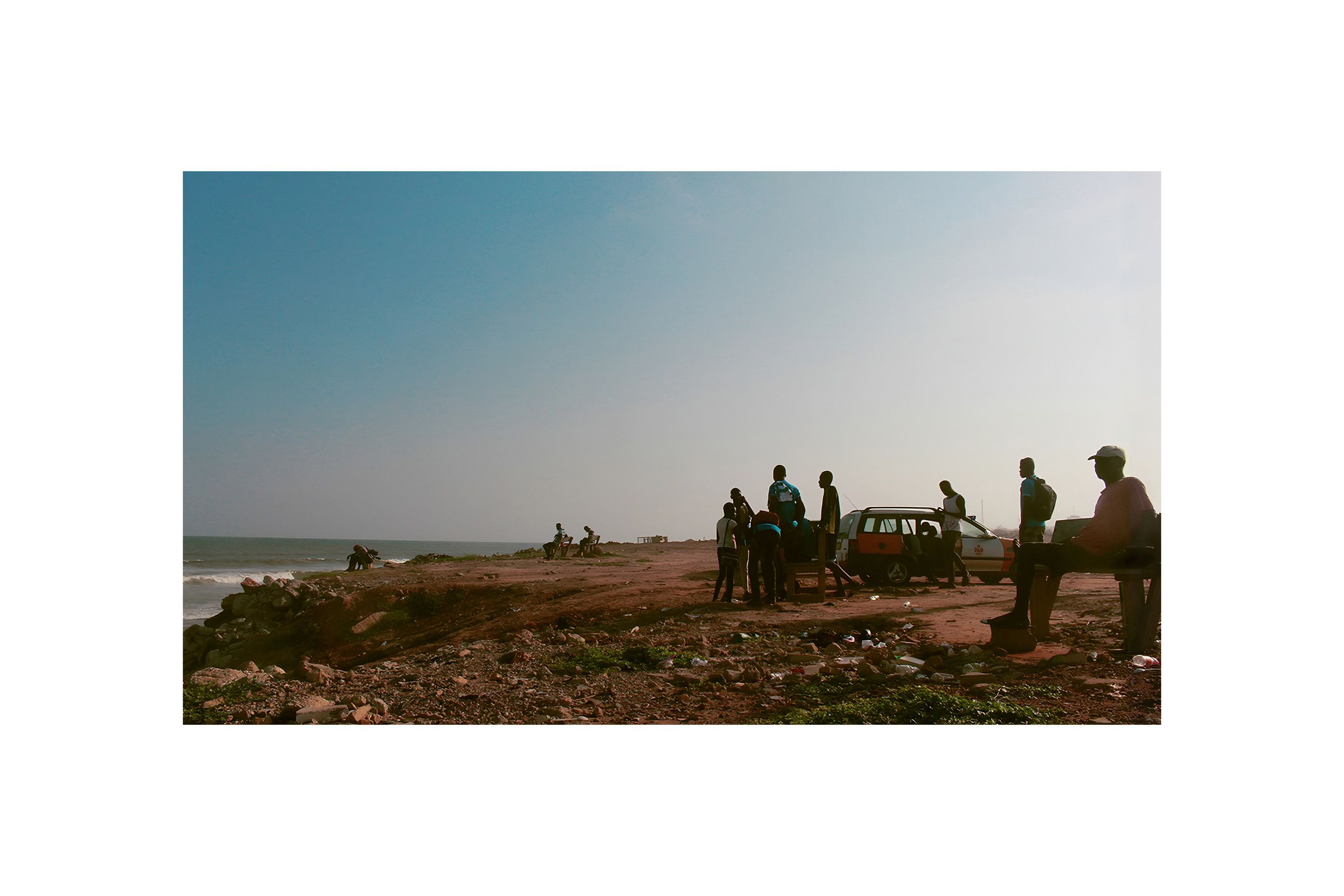
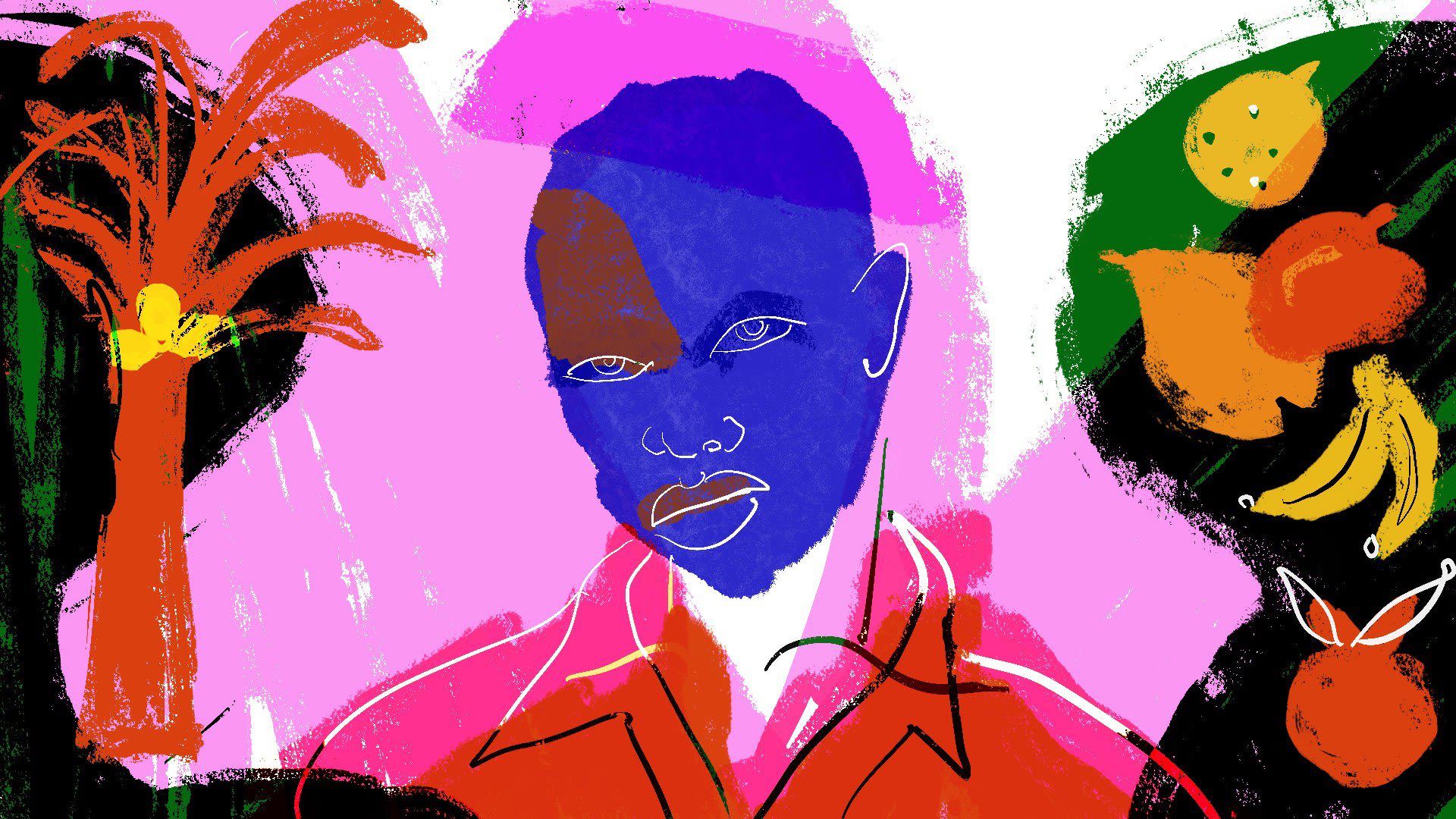
Ngadi has worked for media outlets and publishers, including The Guardian, The Observer, Penguin UK, and Faber & Faber. She came to our attention at Shorthand for a photography commission for WaterAid, where she captured how communities in Sierra Leone are adapting to climate change.
In this interview, she chats about her work in West Africa, how photography can be more collaborative, how she gains the trust of her subjects, and how her illustration aspires to be perfectly imperfect.
Ngadi has worked for many high-profile media outlets and publishers, including The Guardian, The Observer, Penguin UK, and Faber & Faber. She came to our attention at Shorthand for a photography commission for WaterAid, where she captured how communities in Sierra Leone are adapting to climate change.
Her work frequently returns to the communities of West Africa, as well as women’s rights, so it was a delight when, in 2022, she was invited by The Guardian to contribute illustrations to a special edition of G2 magazine about “the pleasure, pain and power of life as a woman.”
“I tend to use photography to inspire my illustrations and vice versa. So, for this commission, I looked at a lot of photography from Herb Ritts; he's one of my favourite fashion photographers. He focuses on the way light hits bodies, and he also has strong poses,” Ngadi says.
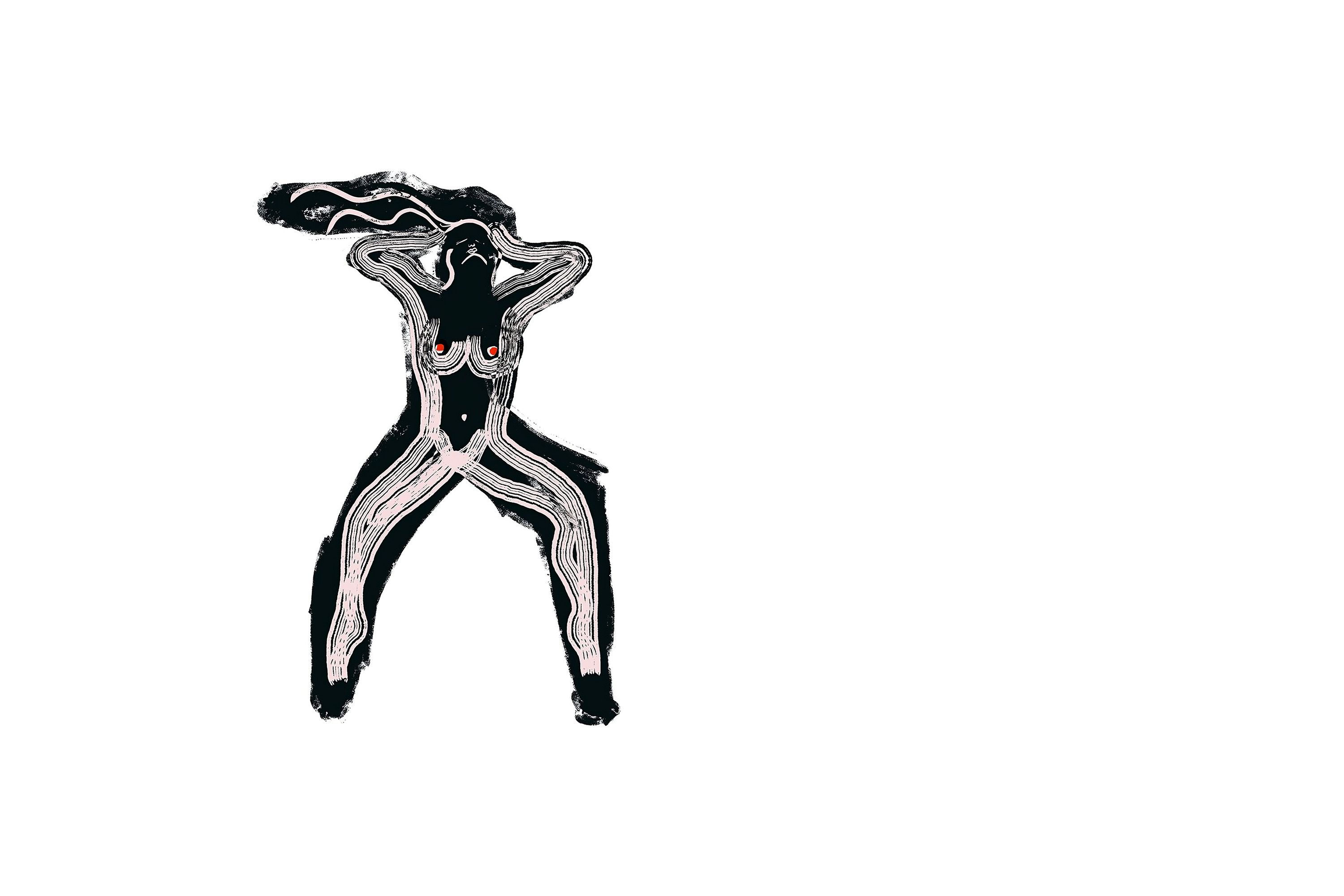
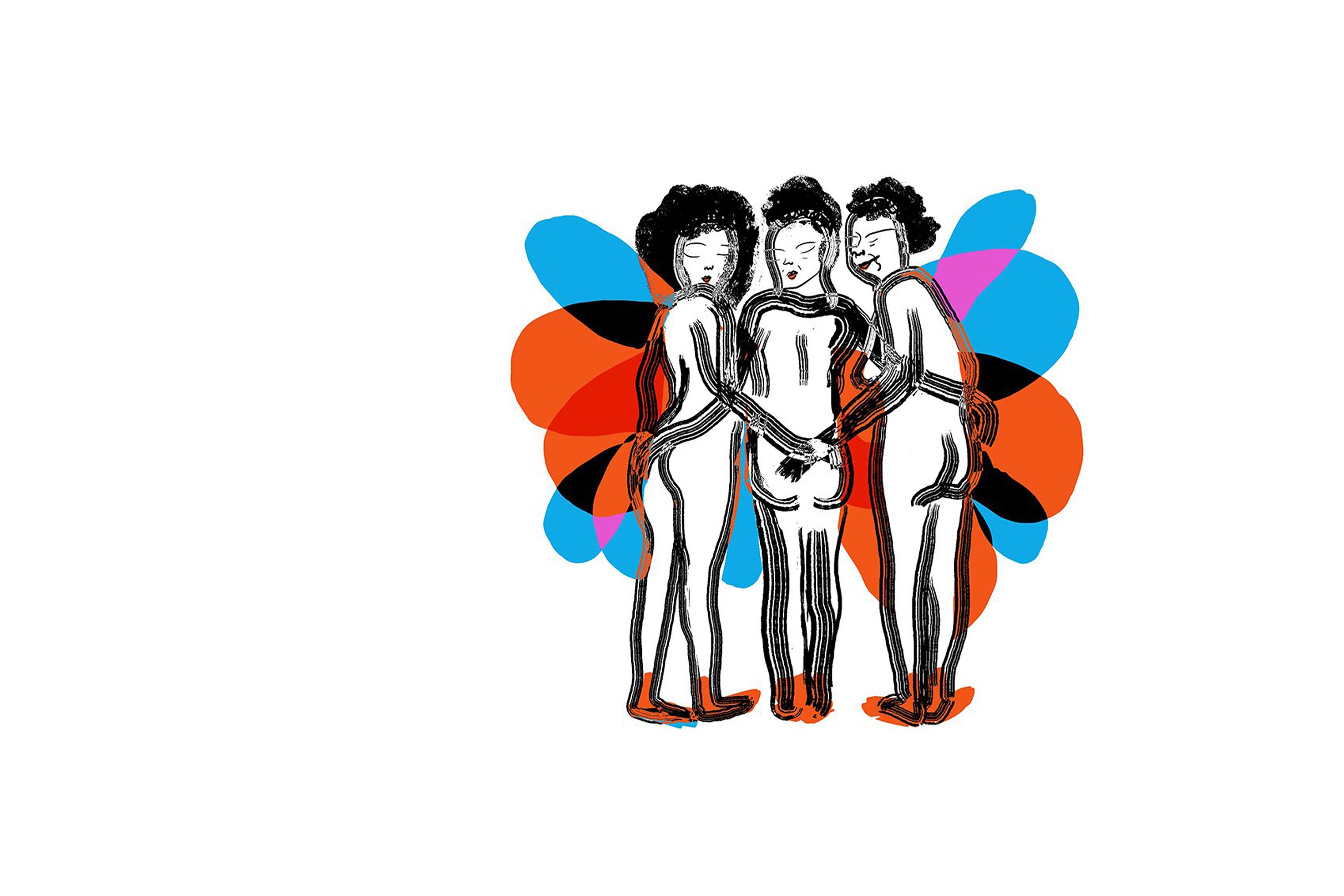
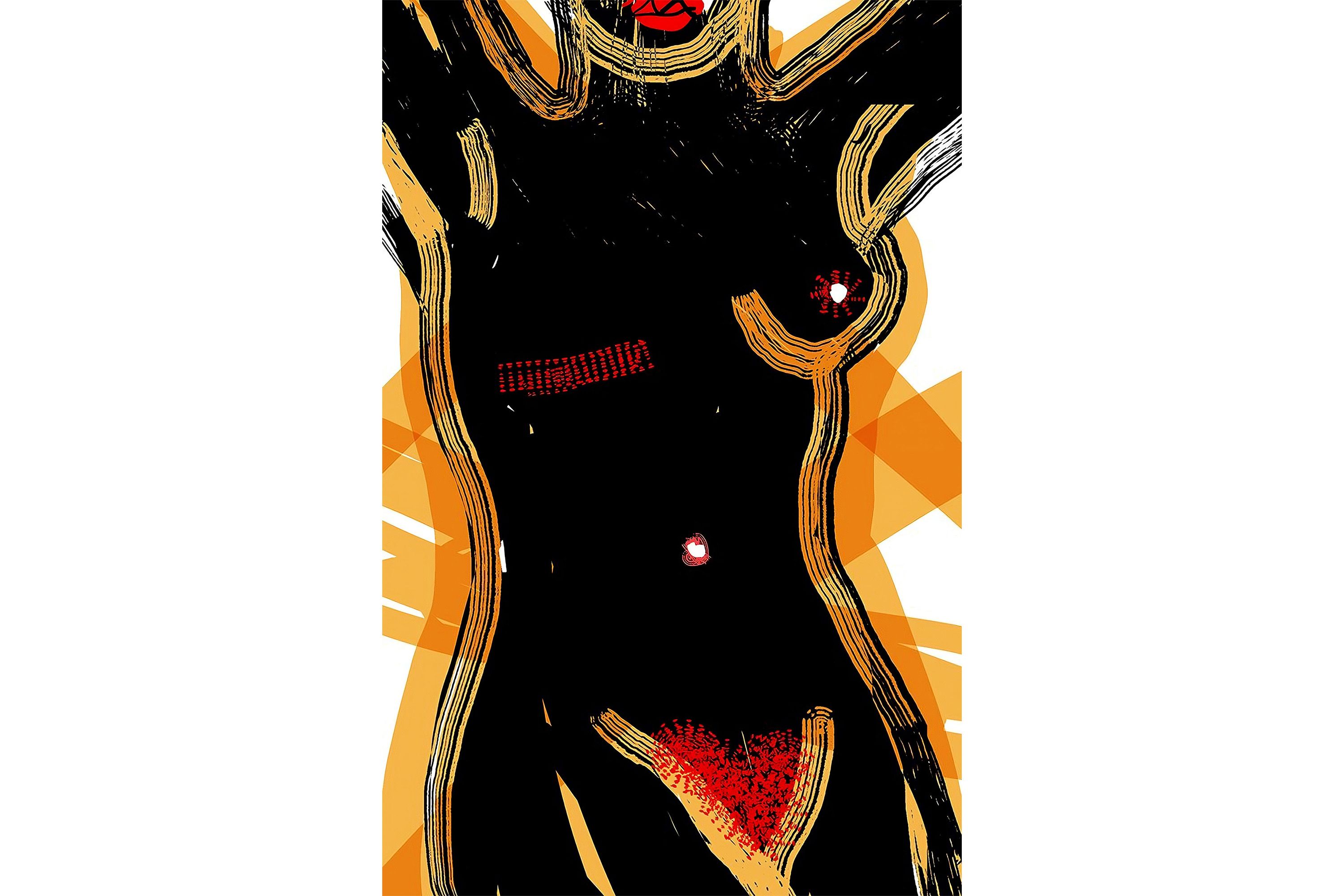
Patterns repeat and unfold across Ngadi’s work. Her approach to patternmaking is organic; she uses digital technologies to produce print-like effects, and augments hand-drawn illustrations with digital technologies.
“Sometimes I hand draw and then scan them into my computer," Ngadi says.
“Lately, because I've been traveling, I’ve been using my iPad. I think it's faster to get roughs to give to a client, and it's better when I'm traveling and I don't have access to some of my materials.”
Representation of Black communities — their lives, challenges, and subcultures — are integral concerns, and Ngadi’s approach to photography encourages participation and the involvement of her Black subjects.
“I always try to showcase people of colour or Black people, communities that the mainstream wouldn’t have thought of. As an African photographer, it’s important that I photograph on this continent, because Africans haven't had a lot of say in how they are seen. I’d love to do a project where I hand the camera to people I’m interested in.”
Making meaningful connections with communities and establishing trust takes time and sincerity, but is a priority for Ngadi. In Abidjan, Côte d'Ivoire, she worked alongside the drag community to photograph their glittering, resplendent couture and culture, for the series “The Queens of Babi”. She paid for two queens — “Brittany” and “Baba” — to create their outfits and photographed them posing and performing in the forest. Ngadi still chats and messages Brittany and Baba and hopes to get a bursary to go back to photograph more members of this community.
In Sierra Leone for WaterAid, Ngadi says, “I was often meeting communities on a short timeframe, but we always went to the community the day beforehand and talked to them about the shoot and tried to collaborate creatively with them. We asked some of them to use the leaves from their crops to create accessories and outfits. So, they’d farm primarily cacao, so we’d say, “Could you do something with cacao leaves?”
“It was amazing what they came back with! As a photographer, there's some control of the image, but it’s better to also let the person who's being photographed have some control over the way that they're portrayed.”
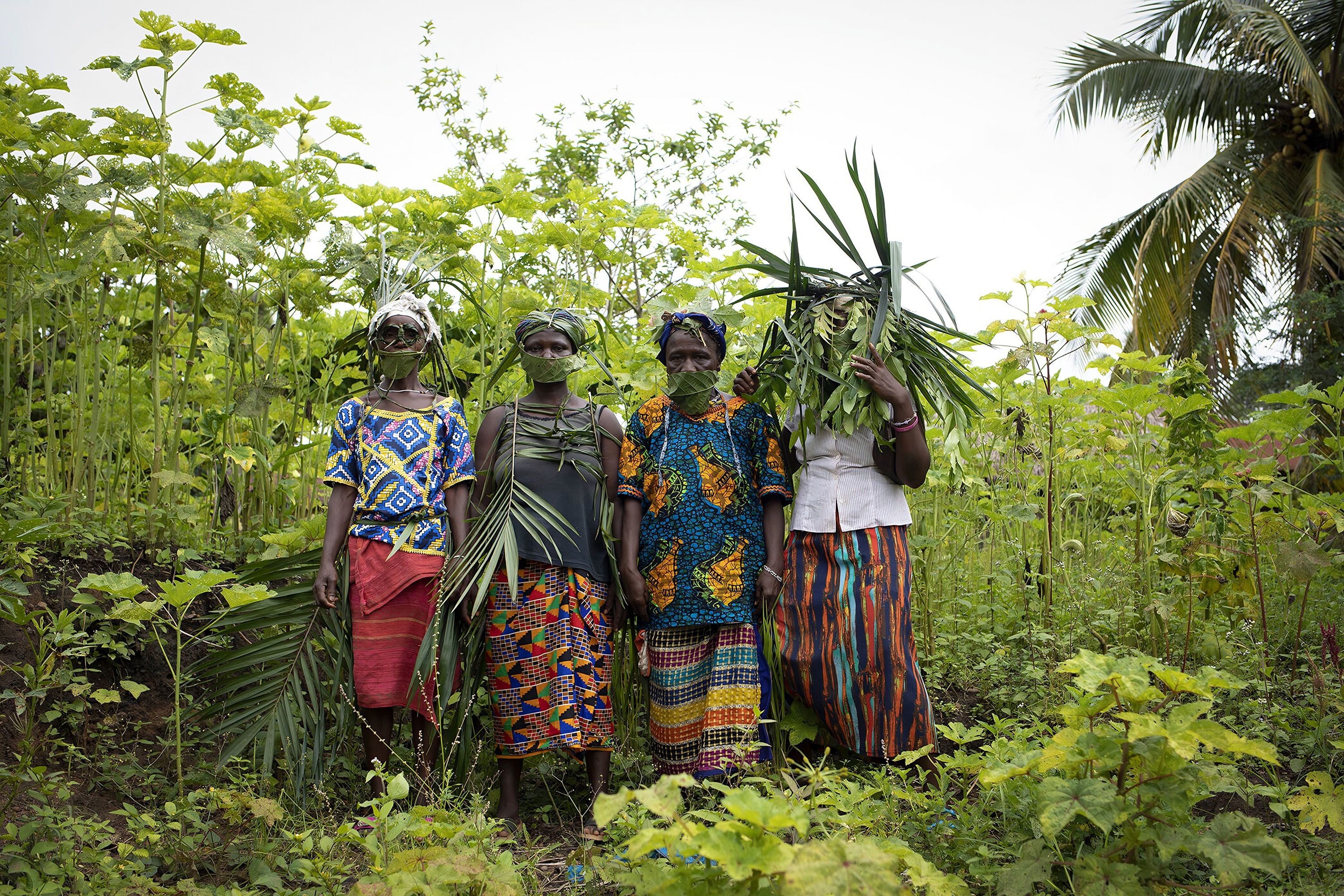
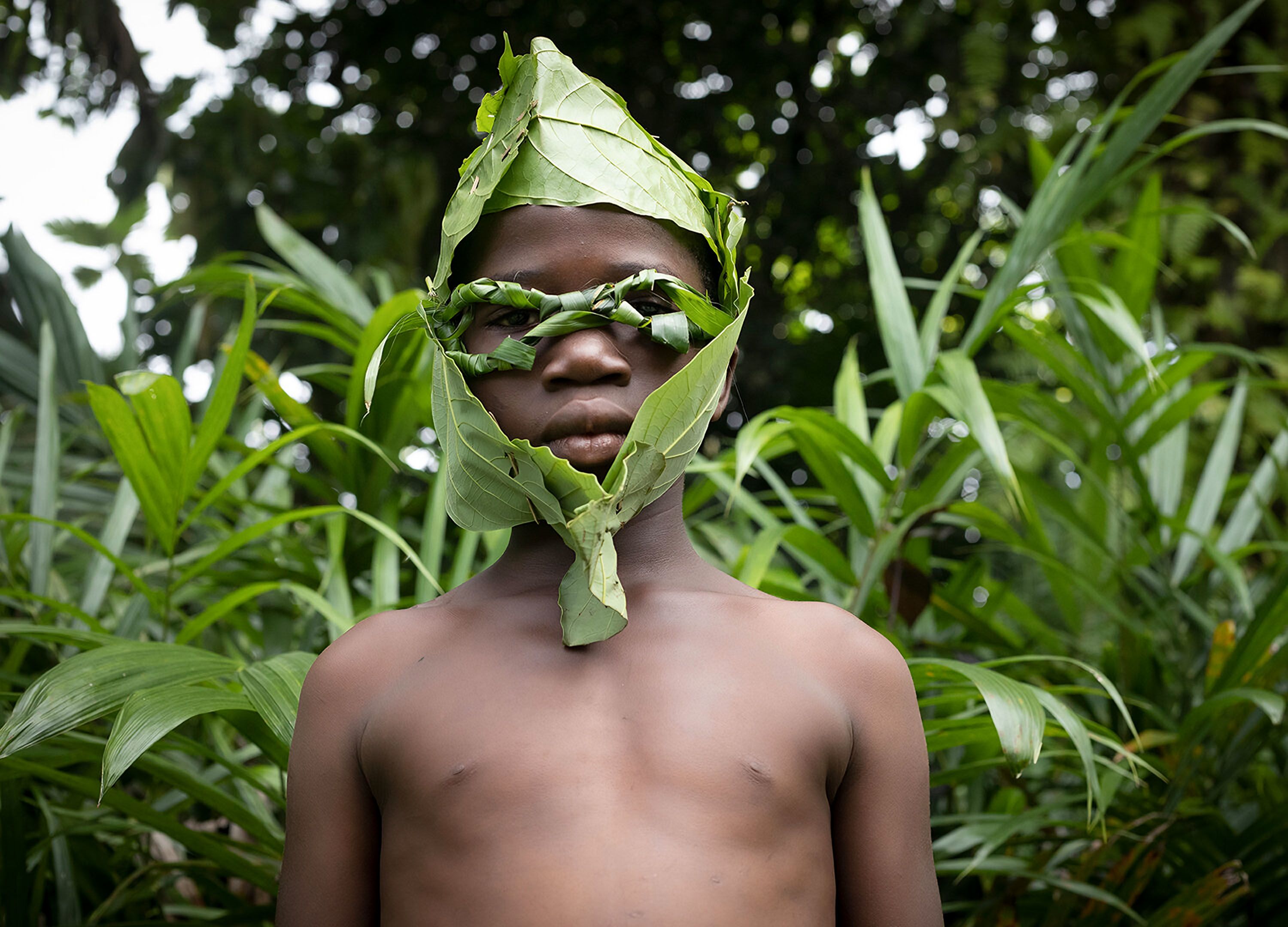
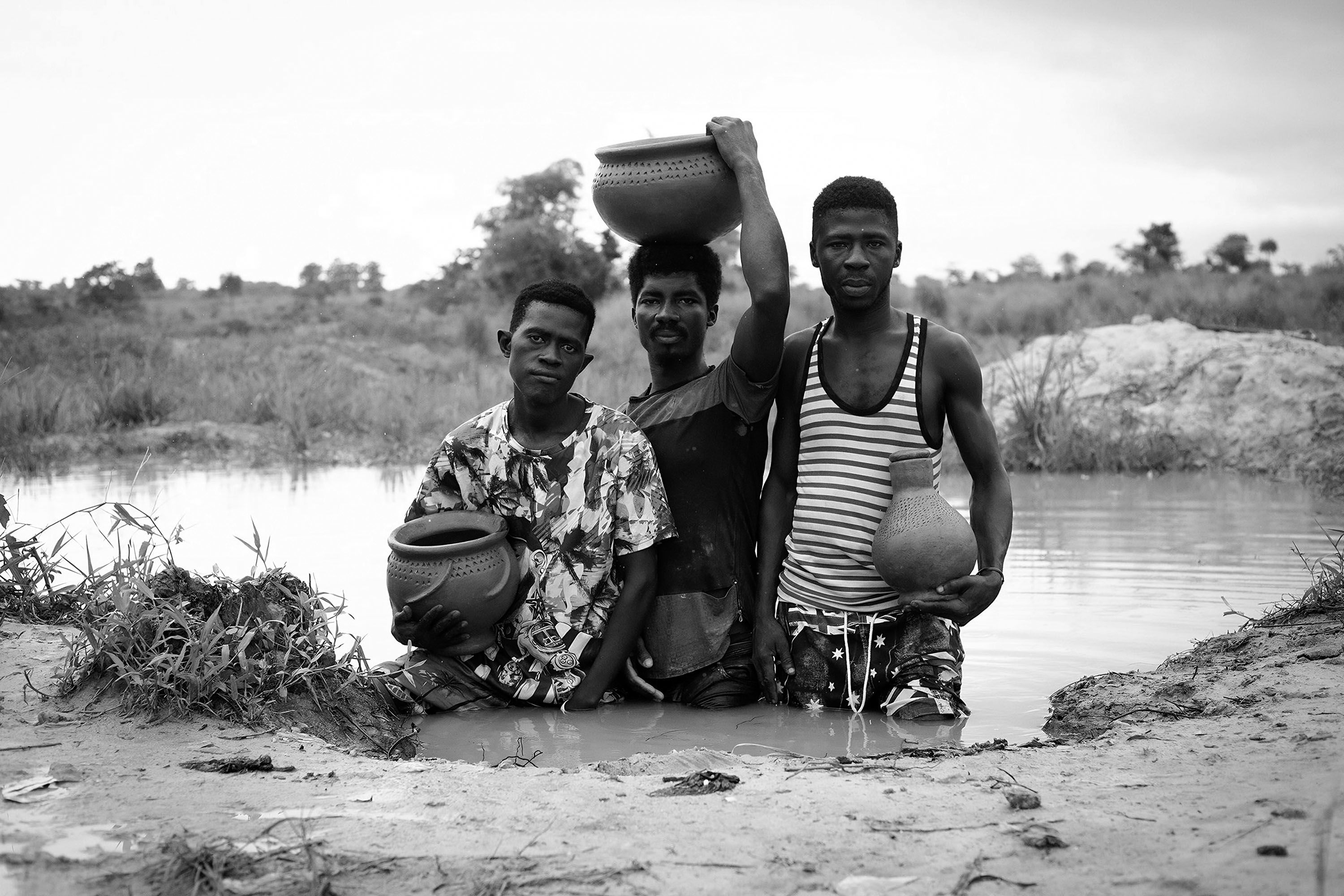
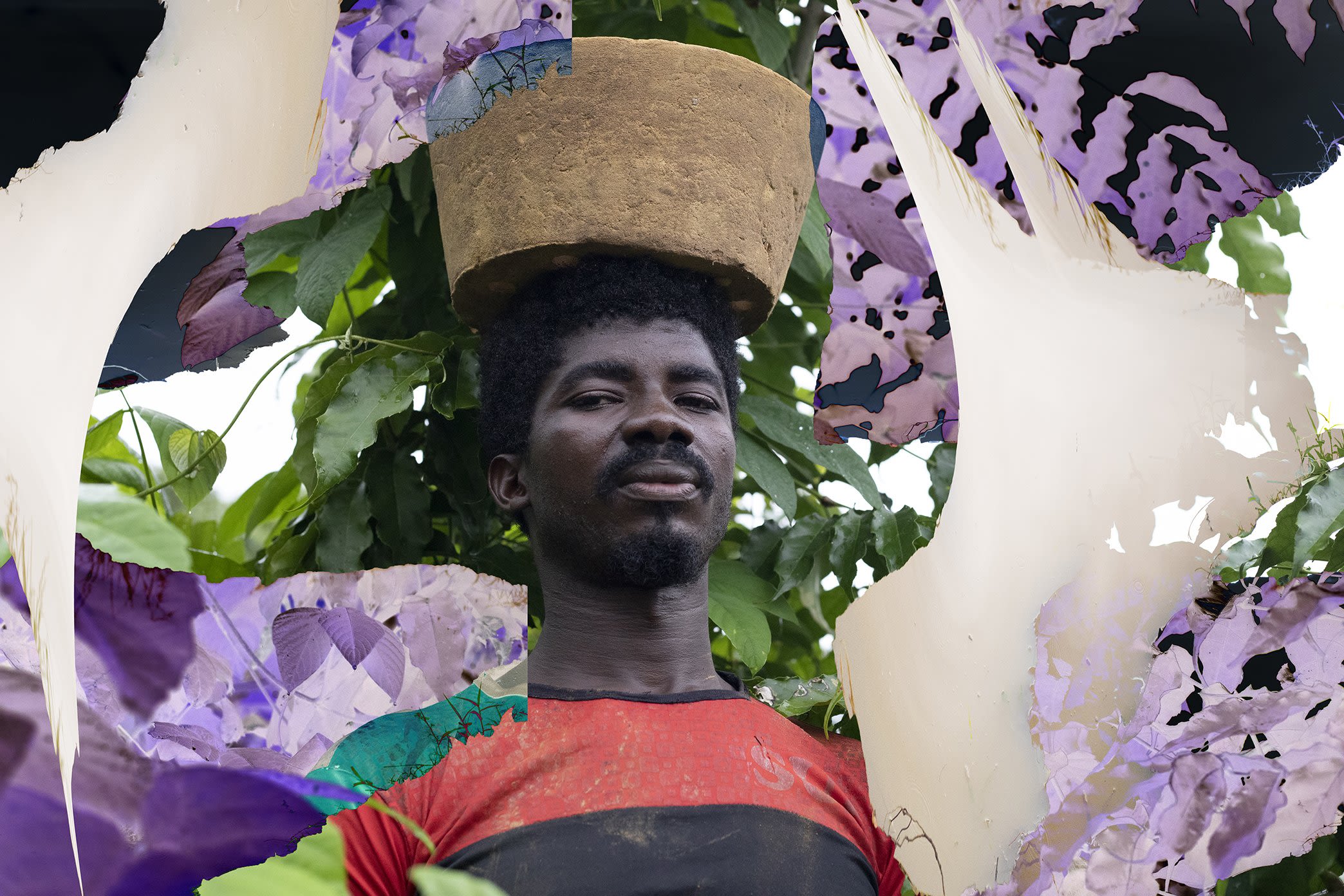
As a photographer, there's some control of the image, but it’s better to also let the person who's being photographed have some control over the way that they're portrayed.
This co-creation, or co-production, can be traced back to some of Ngadi’s earliest projects. When she lived in Toronto in 2014, Ngadi published a fashion blog where she asked people if she could photograph them in their homes and allowed them to stage manage their own shoot. The results are sympathetic and sensitive to the subjects, framed as they are among their idiosyncratic belongings — pets, pot plants, and artworks.
Self-portraiture is a complicated part of Ngadi’s practice. She was encouraged by her lecturers to photograph herself, but finds herself resistant to this and instead drawn to other people, such as her family and friends. In 2022 she took many pictures of her pregnant sister, and one was picked up and profiled on CNN in a feature on female photographers.
My sister Mayeni Jones — Ngadi Smart
My sister Mayeni Jones — Ngadi Smart
Something my photo mentors always told me was to turn the camera on yourself, but I'm quite a private person, so I fight a lot with it, but from time to time I give into it and I always feel good afterwards, so I don’t know why it's this torturous denying myself!
Images jostle and bleed into each other in Ngadi’s work; there is collage and layering of photos, painting, and illustration.
Ngadi attributes some of this to spending a lot of time on Tumblr while she was studying, where she absorbed the rapid-fire aesthetics of this platform.
Batik is also an important part of Sierra Leonean culture, and the drift of colour in this printmaking technique can be seen in Ngadi’s work, where swatches of colour melt out from their outlines, overlap, and intertwine.
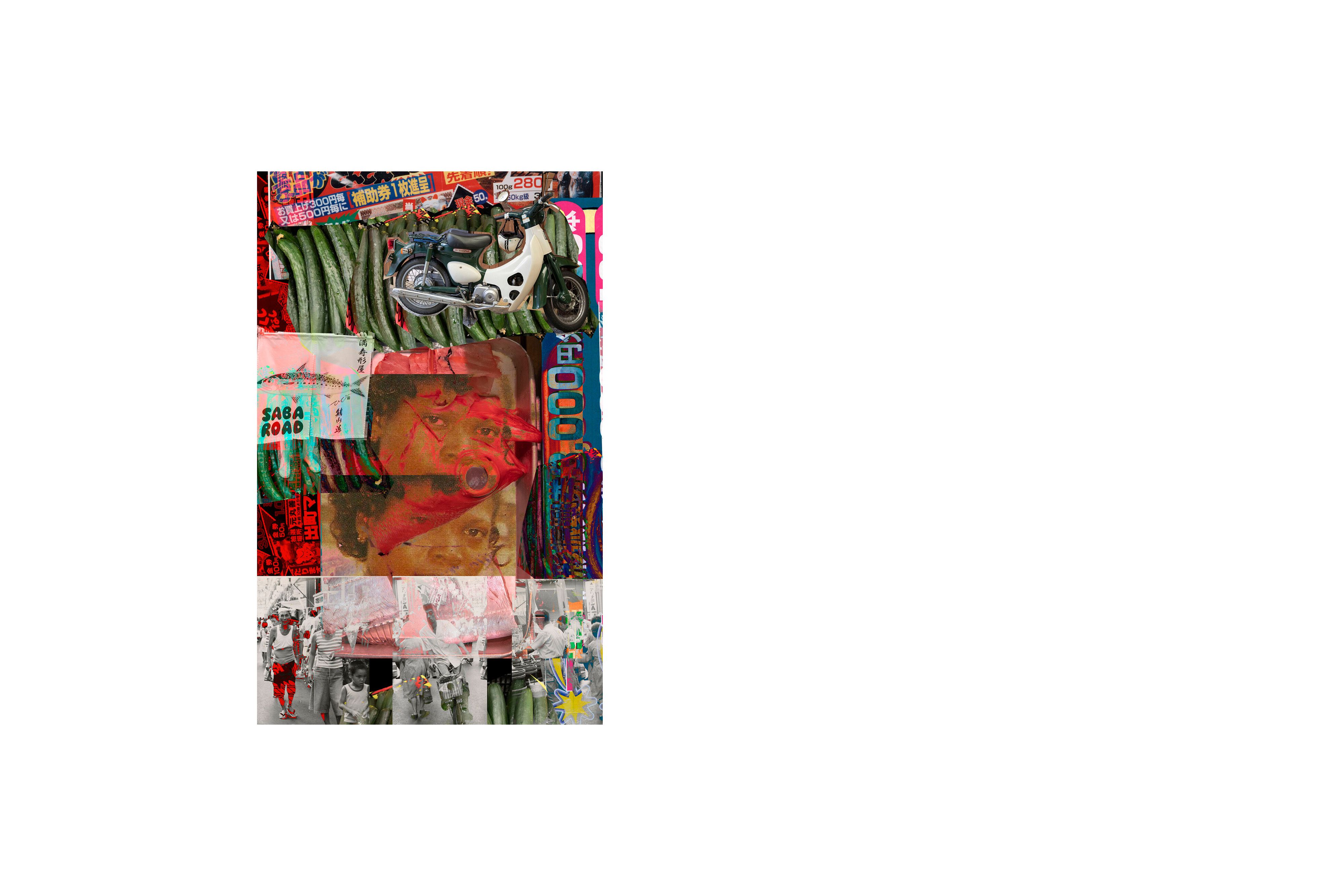
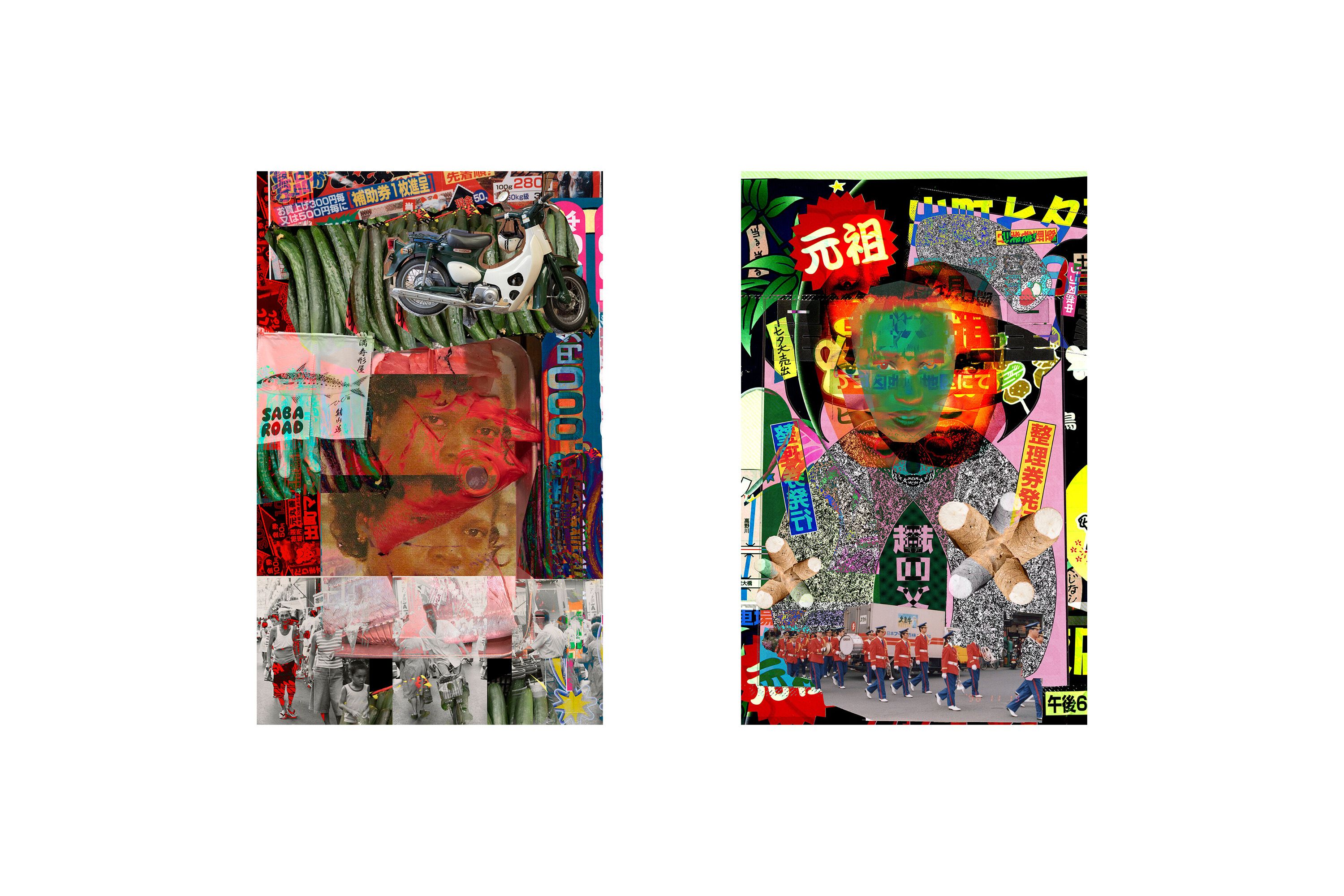
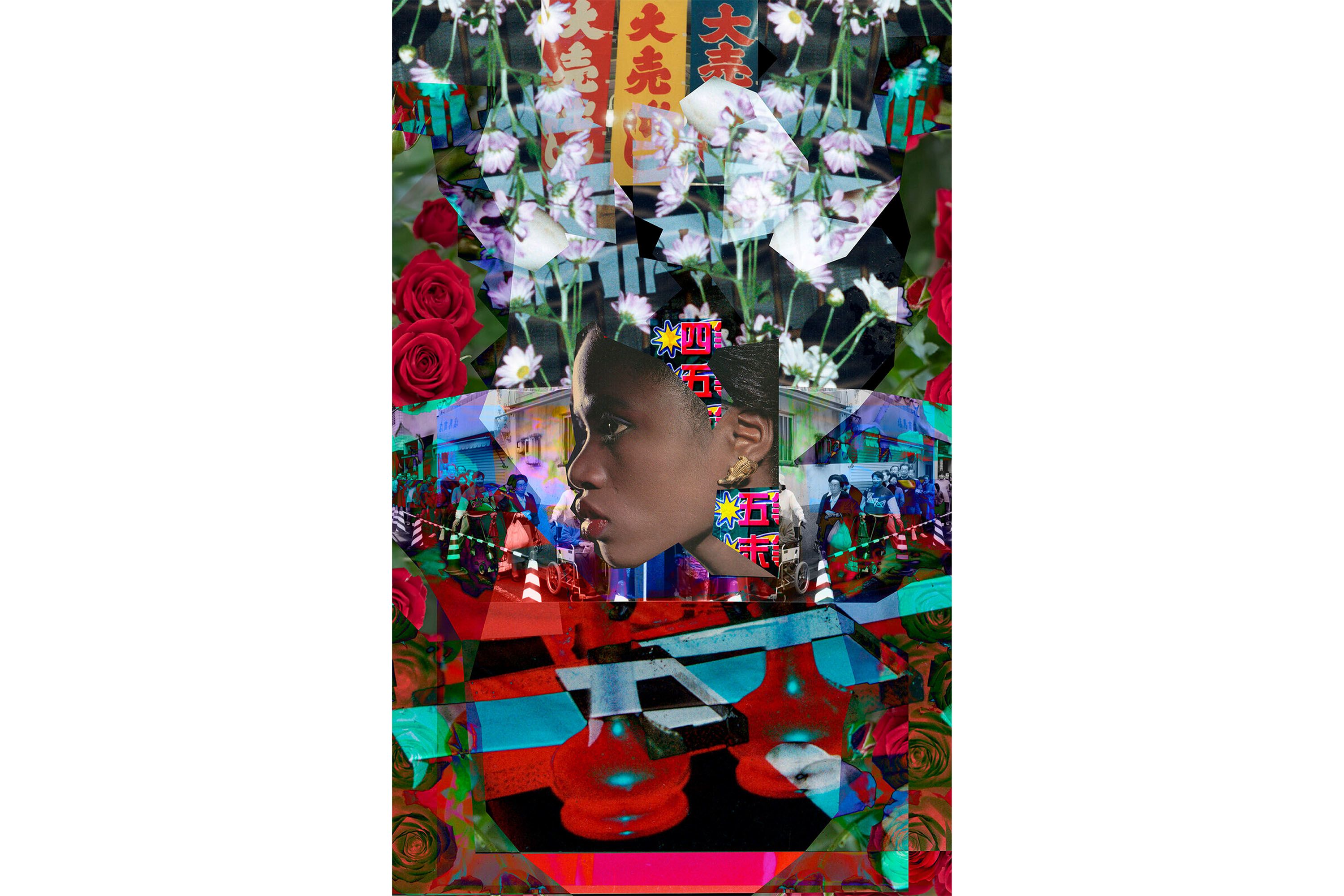
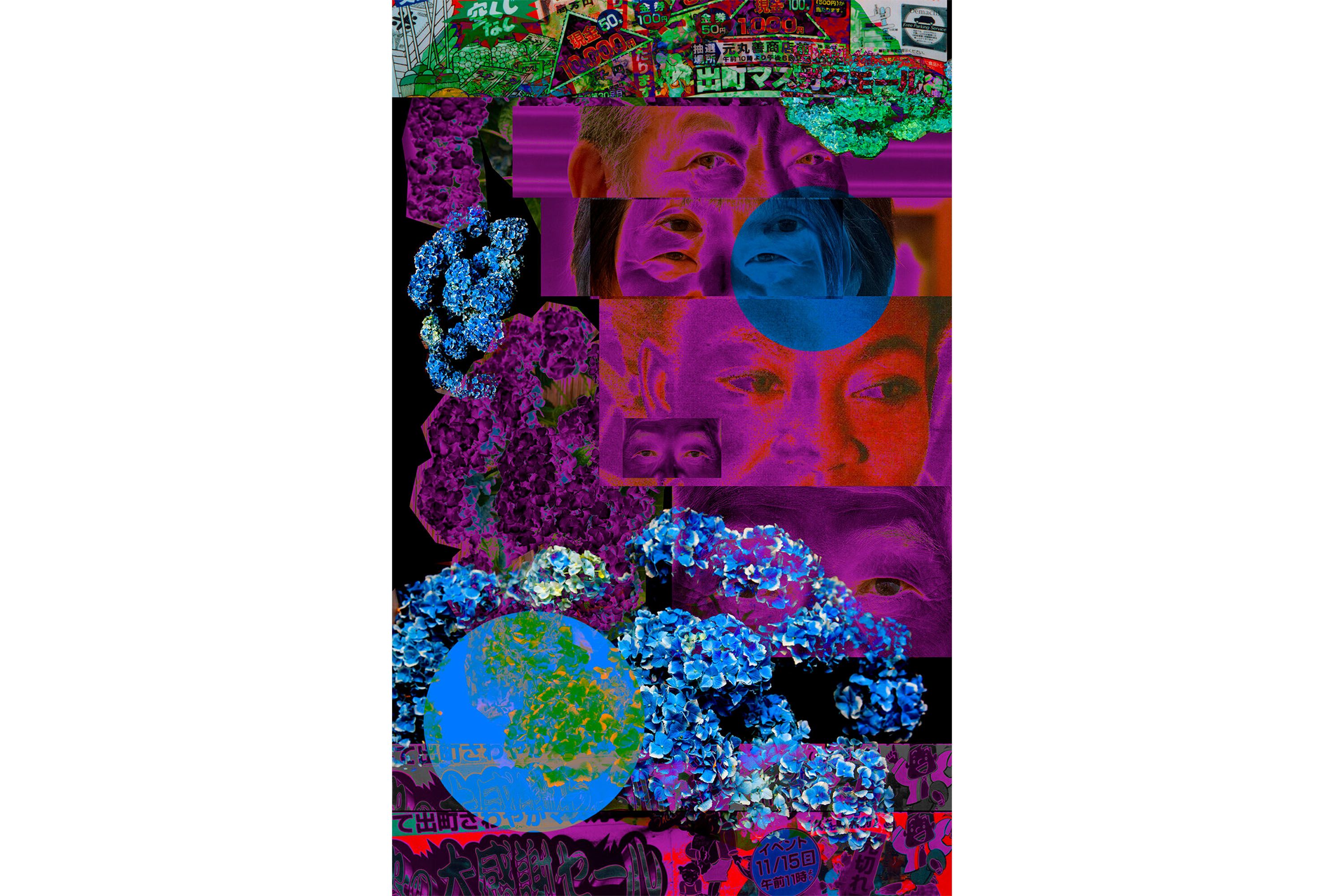
I probably picked up collage from staring at Tumblr! I think it was during my time studying illustration, and being on Tumblr 24/7, and there was a lot of love for collage pieces and I think it just seeped into my subconscious and one day I just started doing collage.
Serendipity and randomness are important to Ngadi’s process and approach.
“I think it's important to control the work that you put out there, but sometimes I just like to surprise myself. I think of a colour scheme, but sometimes I don't and I start putting one colour down and then adding another colour and seeing what that does. It’s important to still experiment in your work and have fun with it.”
Some people like illustration to be perfect, but I like a little bit of imperfection. I think it's prettier when there's a little bit that’s askew.
Out and about in the streets of London, Ngadi often photographs with her film camera, as well as her digital camera.
A photo essay of the famous Notting Hill Carnival in 2022 shows the textures and tones that can be captured using film.
In many ways, Ngadi’s photography operates as activism; her lens highlights issues of social justice, climate change, and other environmental concerns.
In Sierra Leone, working for WaterAid, Ngadi was confronted by how entrenched the issue of water security was, particularly because of the endemic corruption among local and central government politicians.
“I’m still proud of the work,” says Ngadi, about her photo essay, “proud of not making it look like the typical NGO or “poor us Africans” story. I was interested in showing how Sierra Leoneans are getting on without the help of their government and without a hundred percent of the help from international aid, too.”
I was interested in showing how Sierra Leoneans are getting on without the help of their government and without a hundred percent of the help from international aid, too.
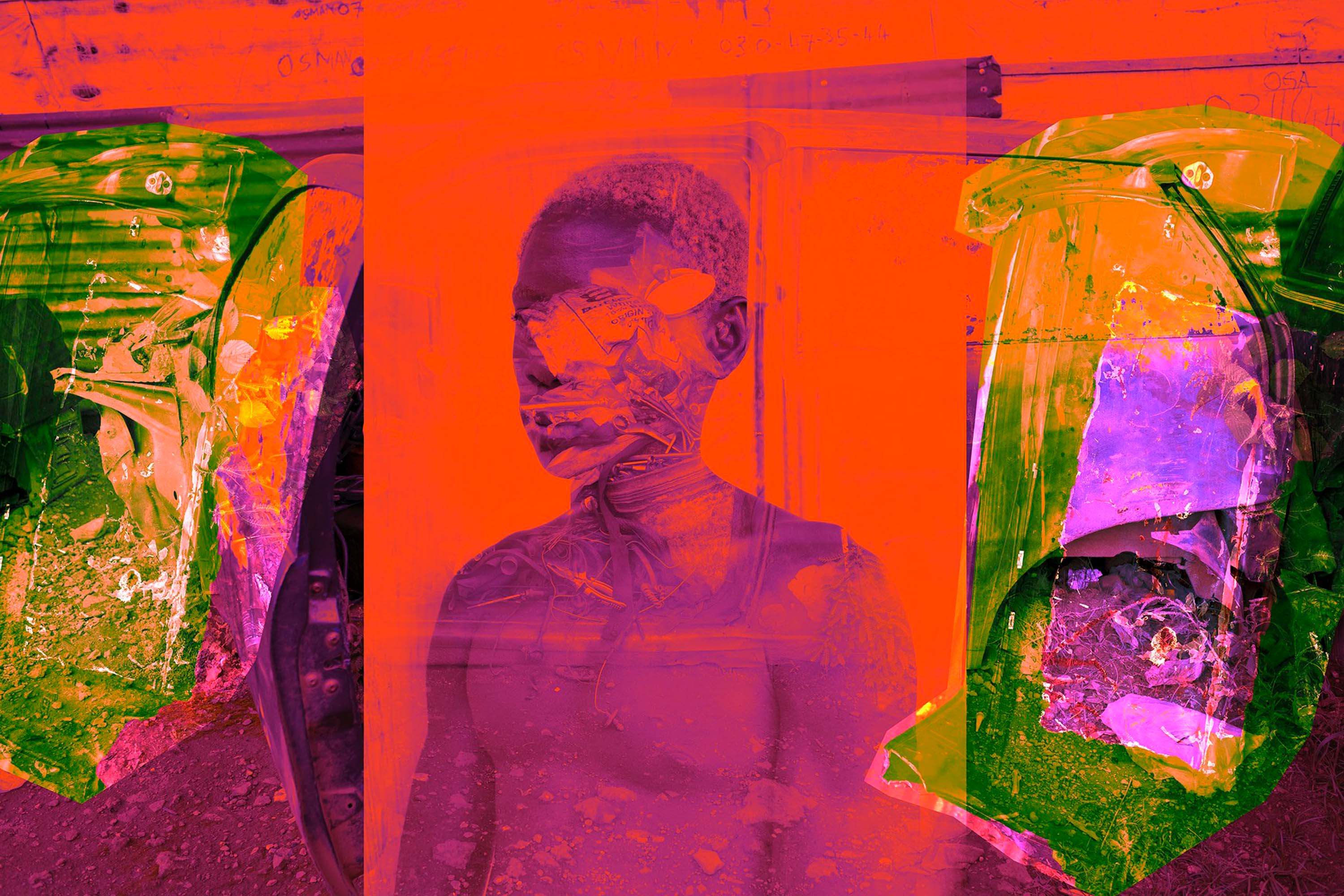
When working in West African countries, co-production and meaningful engagement with her subjects remains important, and Ngadi returns to the people that she has photographed with printed versions of the work so that they can look at it, and see how they’ve been portrayed.
Ngadi is building a rich body of work that shows and speaks for African people but her practice is shifting, slippery, and her camera is always looking for new subjects.
Personal branding is both a negative and positive thing for this artist; she rails against the constraints of having a particular set of interests — in her case, Black histories, subcultures, and women’s issues — and the danger of falling into a vein of work that is repetitive.
But the diversity of her work shows how she breaks away from these strictures, and lets chance and fresh lines of enquiry propel her in a new direction.
“As much as you pigeonhole me, you can never steal my ideas, imagination, and creativity. I'm always going to create something that's not what you’d expect,” Ngadi says.
“Maybe one day I'll wake up and start to photograph the metal community, because subcultures are really interesting to me.”
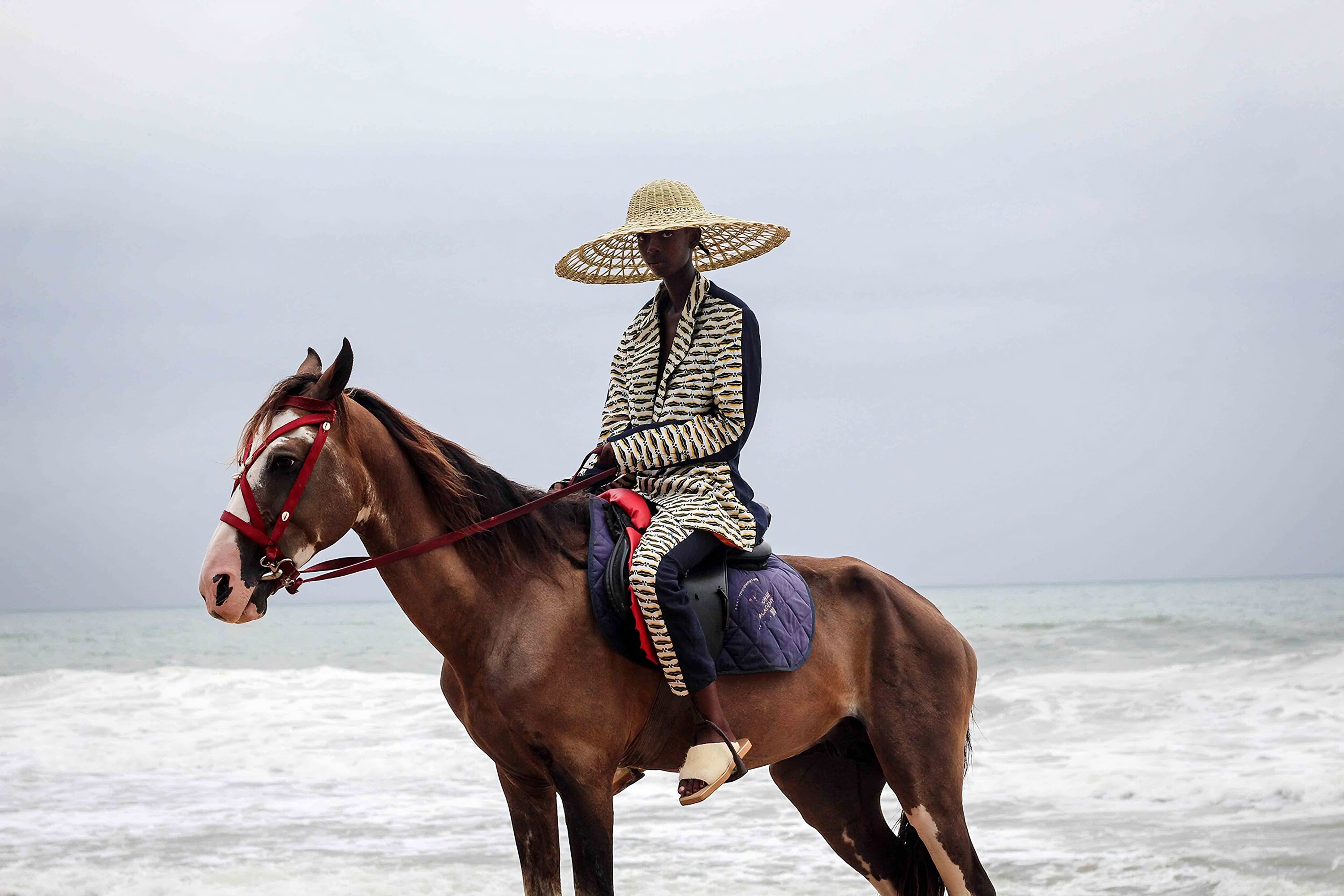
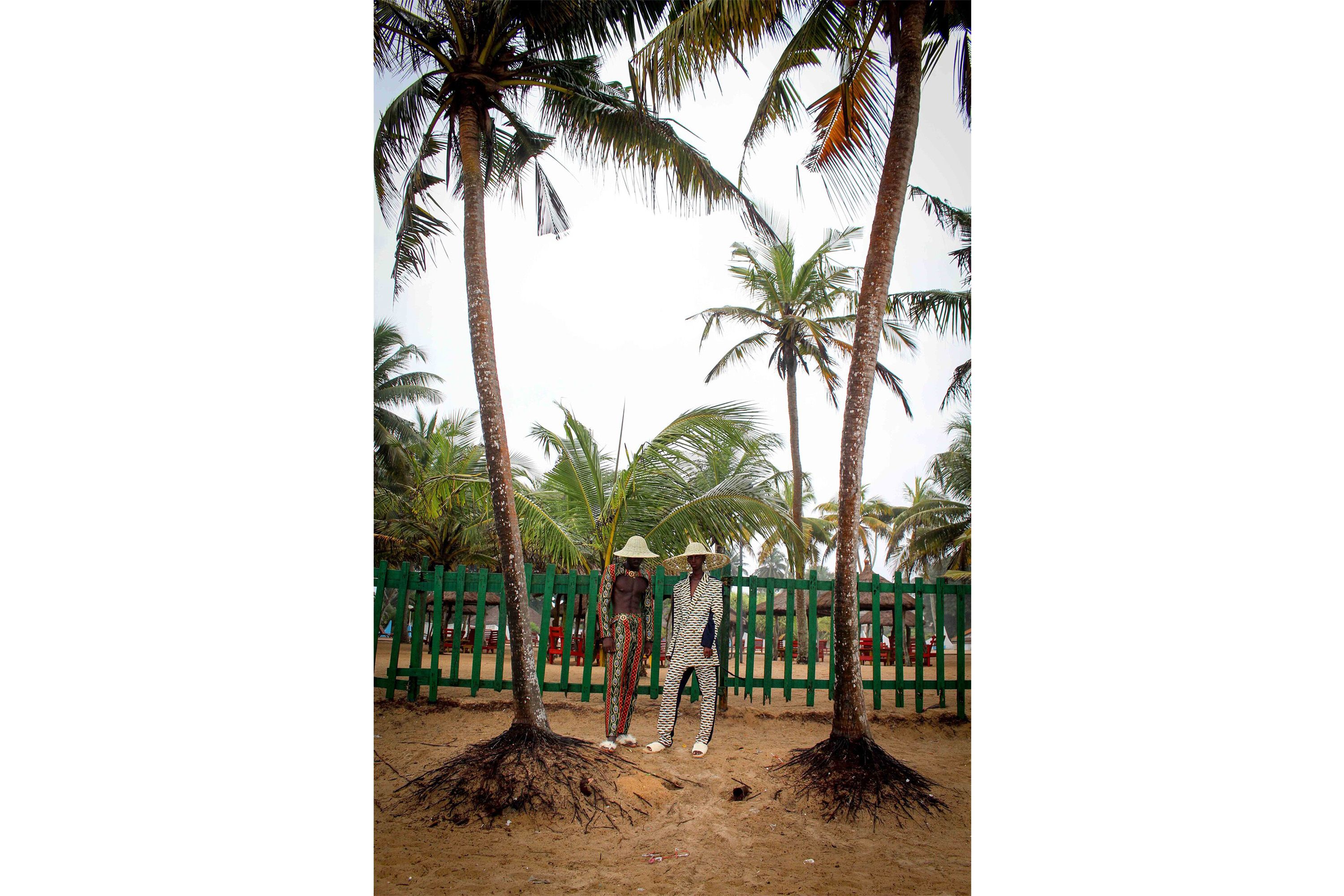
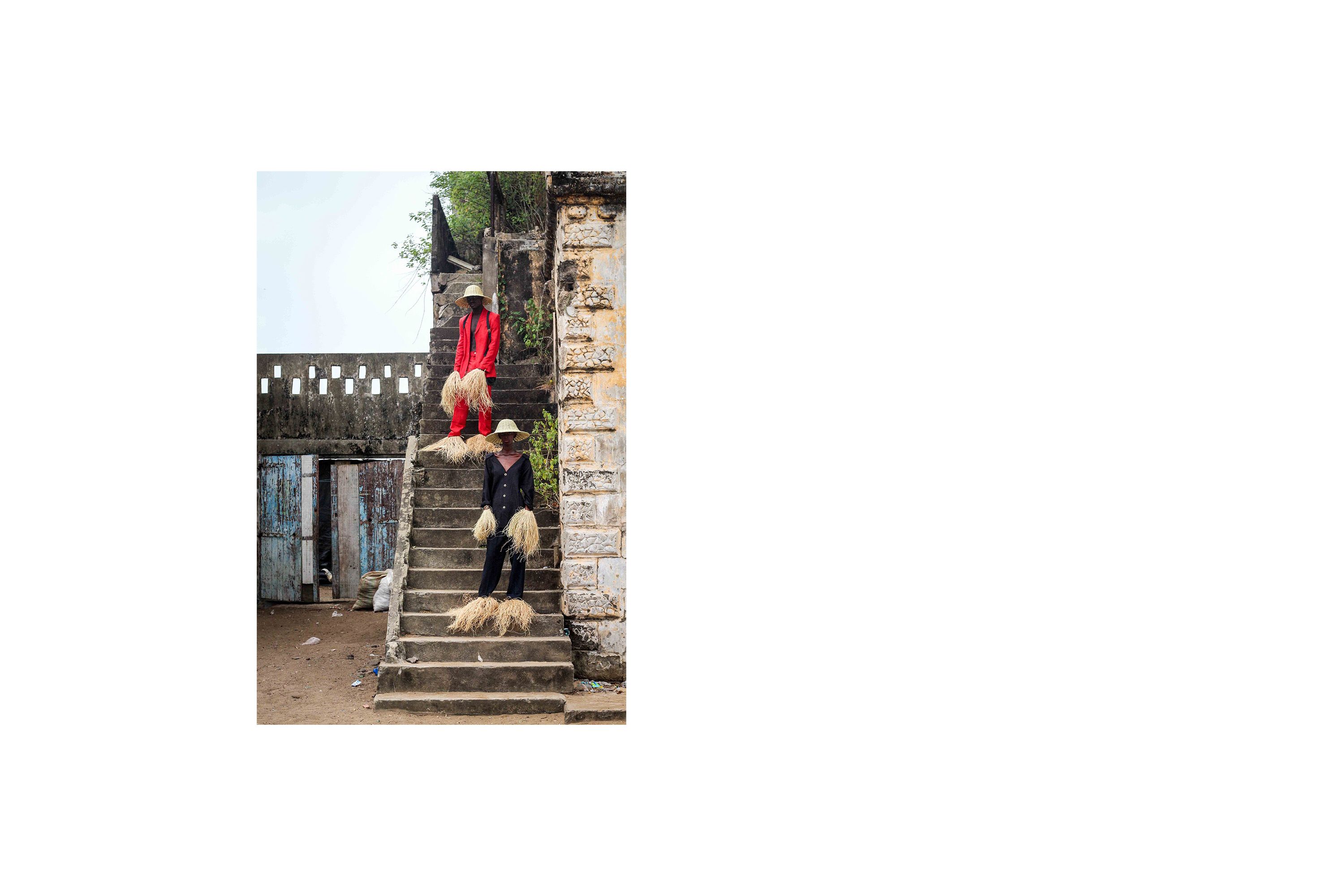
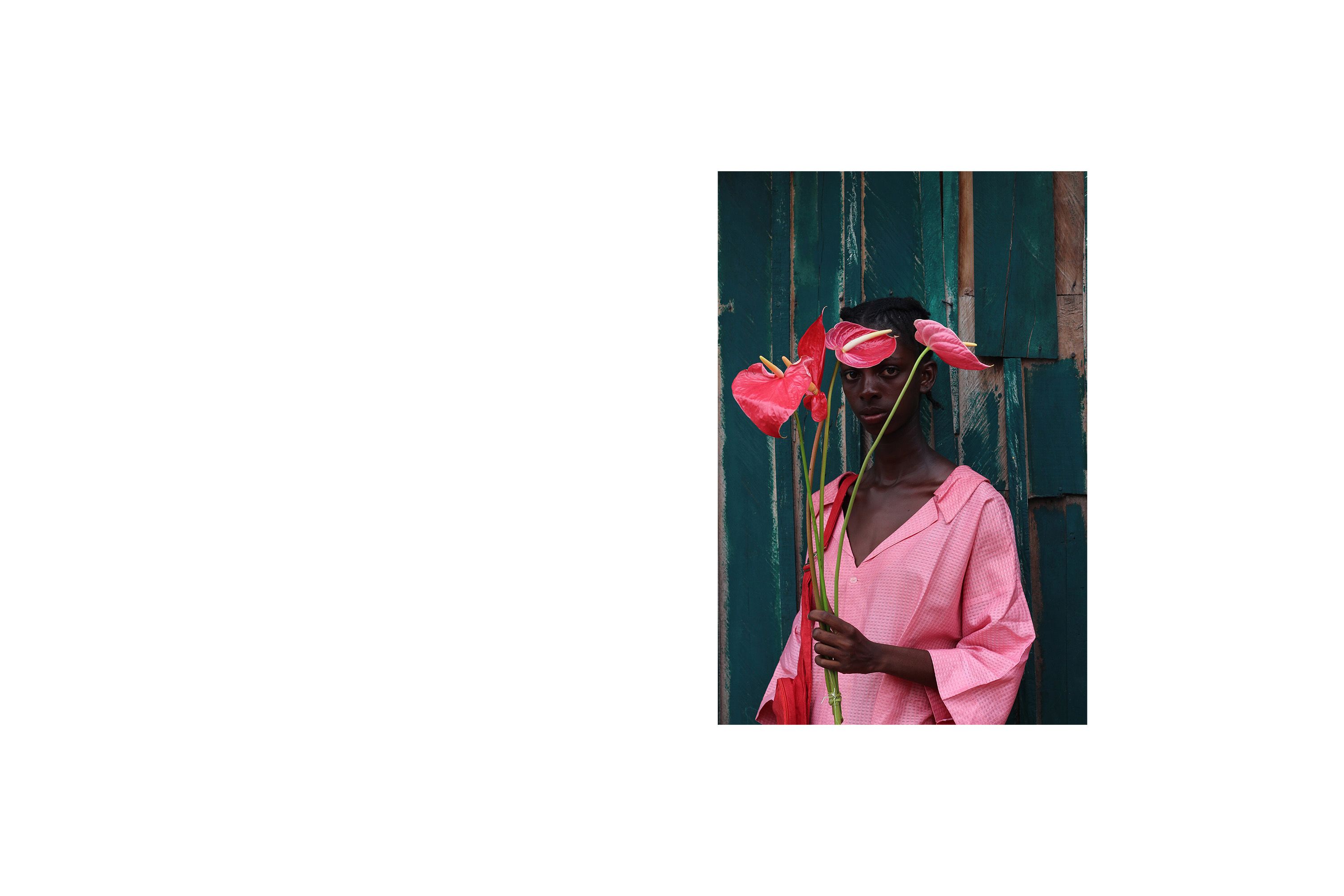
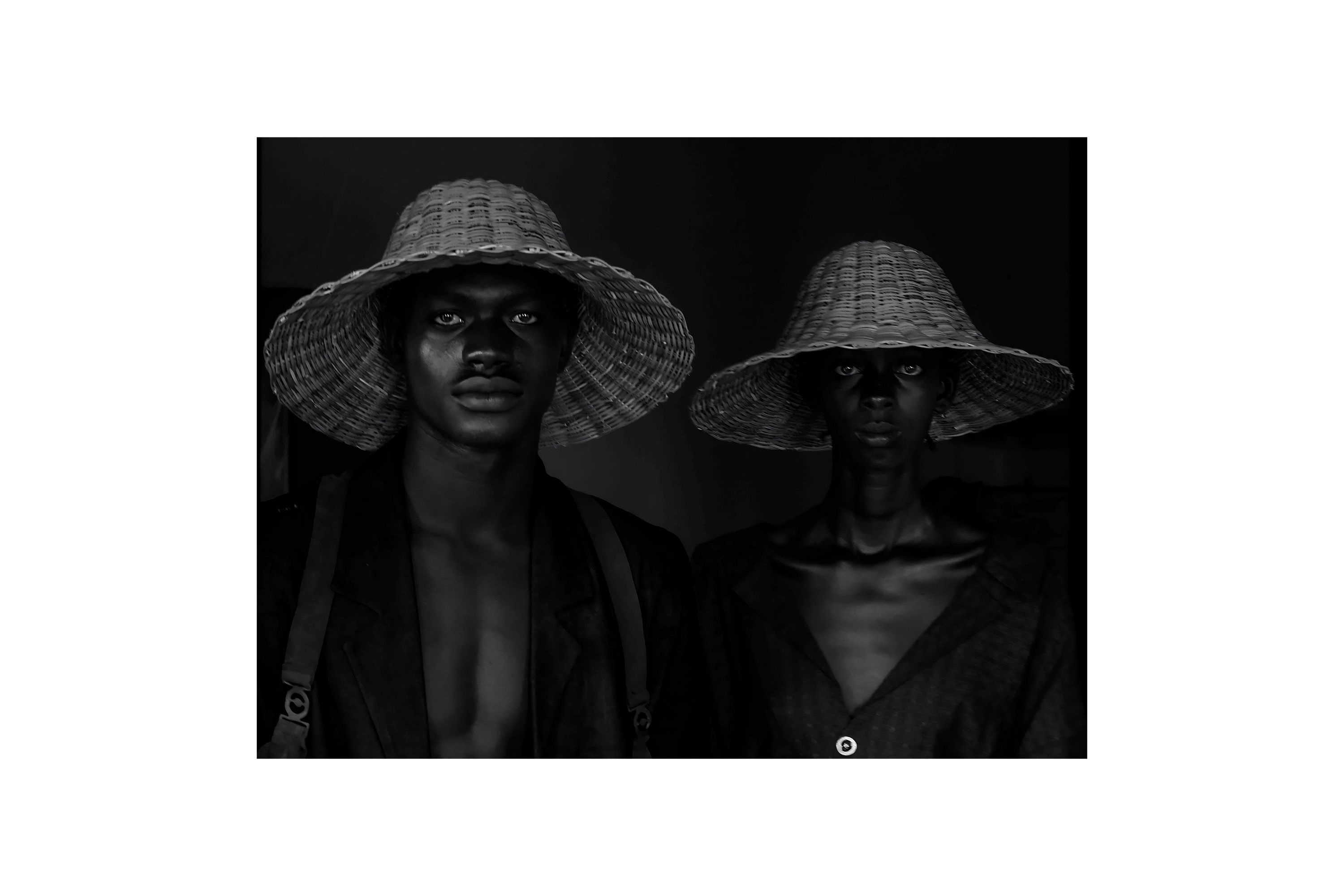
Ngadi’s powerful and exploratory work means her illustrations have sat alongside some of the most acclaimed Black artists and thinkers of today.
In 2020, The Observer invited Ngadi to illustrate an article about renowned filmmaker and artist, Sir Steve McQueen, and his film, ‘Education’, that exposes the racism endemic to the UK's school system.
People will want to pigeonhole you, right? They think, “I’m looking for a female artist that talks about Black issues.” And that’s fine because you’re going to make your bread and butter from that. But it’s also nice to surprise people and show that you can do other things!
As a freelance illustrator and photographer, Ngadi has an eye on the generative AI boom and what these new and expanding technologies might mean for her work.
“Where I see AI being quite revolutionary is in backgrounds. It works really well for architects who are trying to find new ideas for buildings. It works well with symmetry and architectural interiors. I think it’s cool to imagine new landscapes and interiors, and can be useful for inspiration,” Ngadi says.
There needs to be more discussion of the ethical and copyright implications of this new technology, Ngadi argues, and care taken to ensure that artist's intellectual property is accounted for.
Some illustrators are offended because they can see their work in the images being generated. And when those illustrators speak up, online trolls harass them. It’s strange to watch this online phenomenon where people seem to think that all artists live an exuberant lifestyle, as if it is finally time for our reckoning! Not every artist out there is constantly making loads of money.

All images courtesy of Ngadi Smart.

